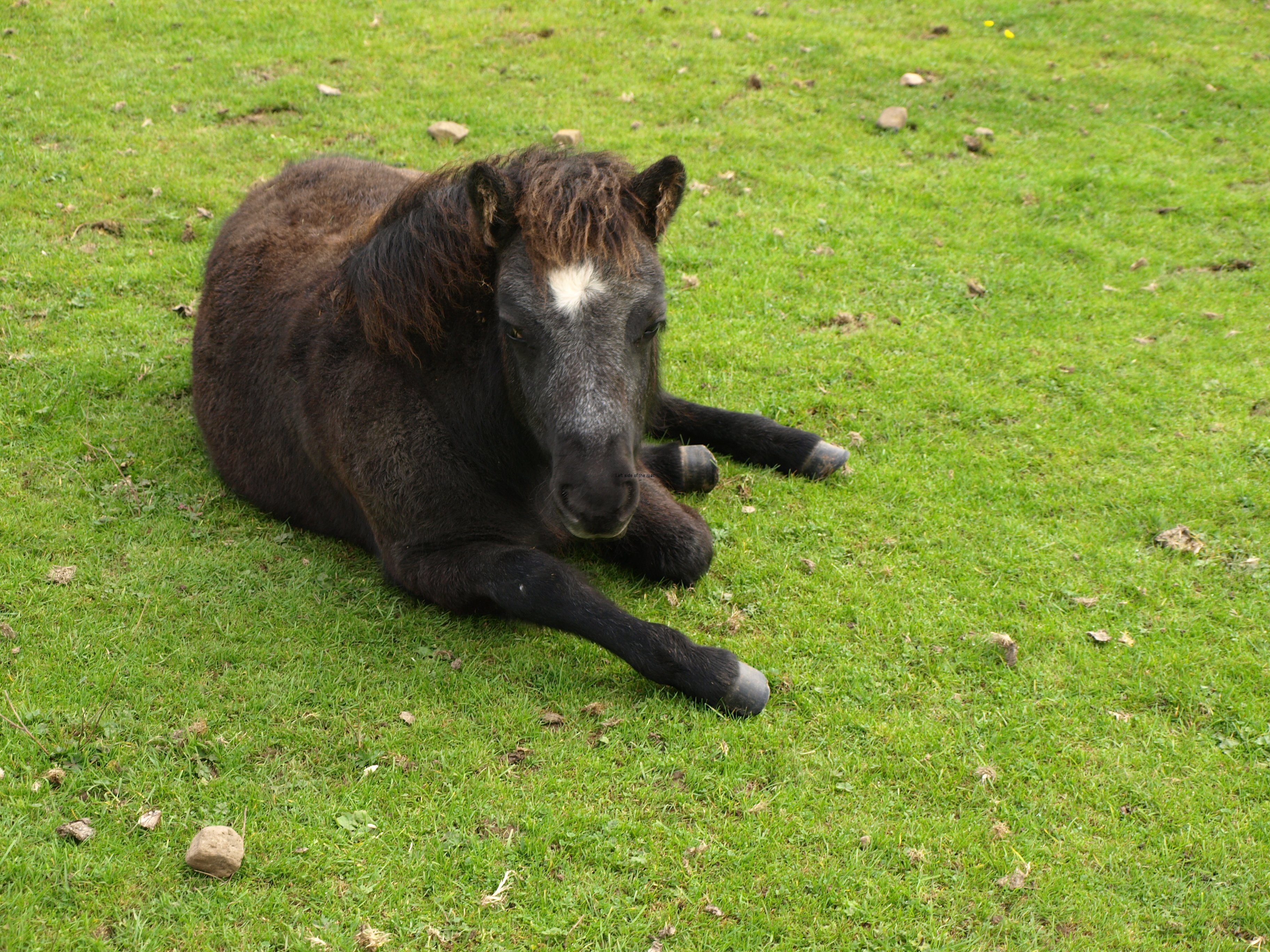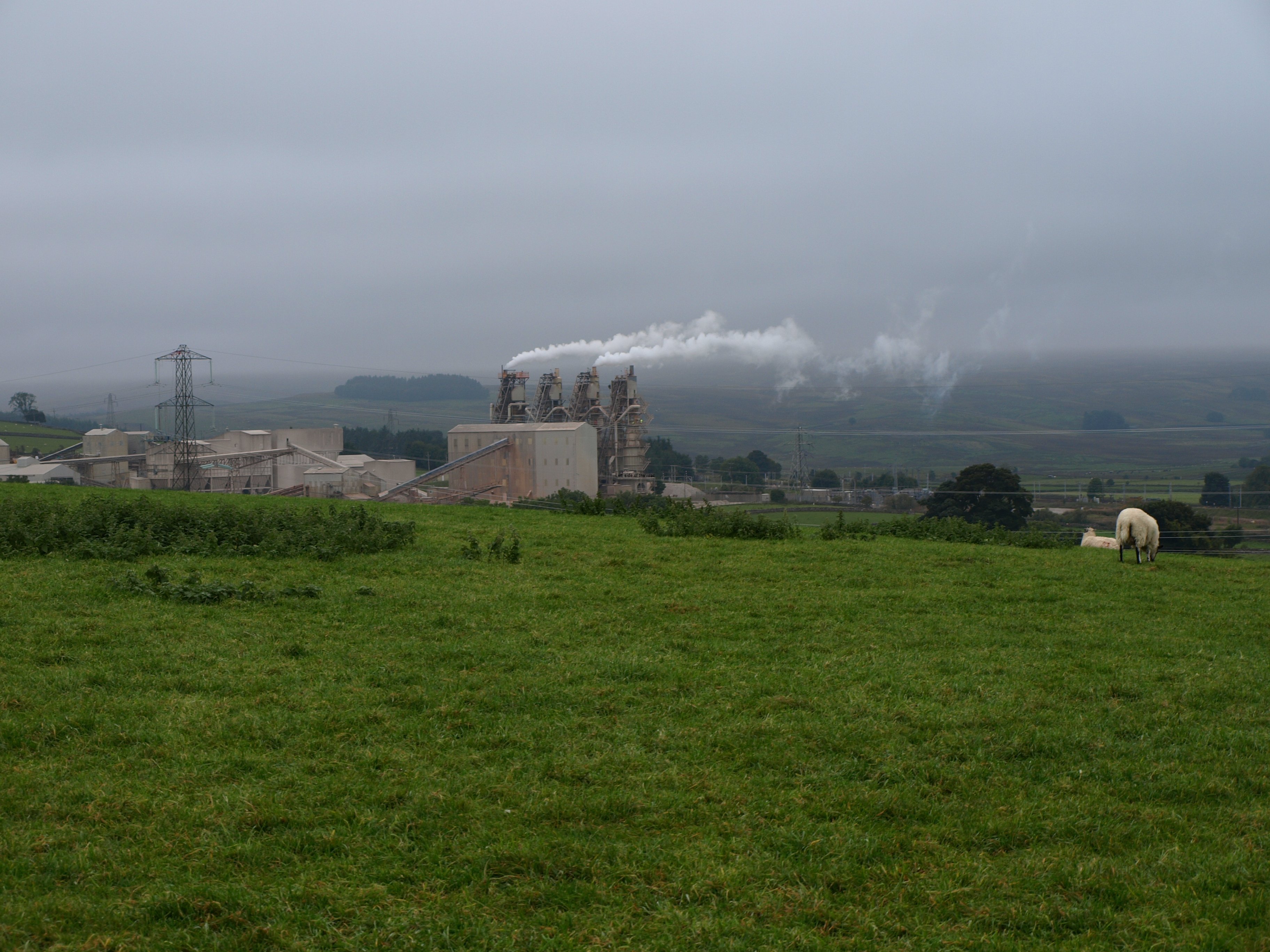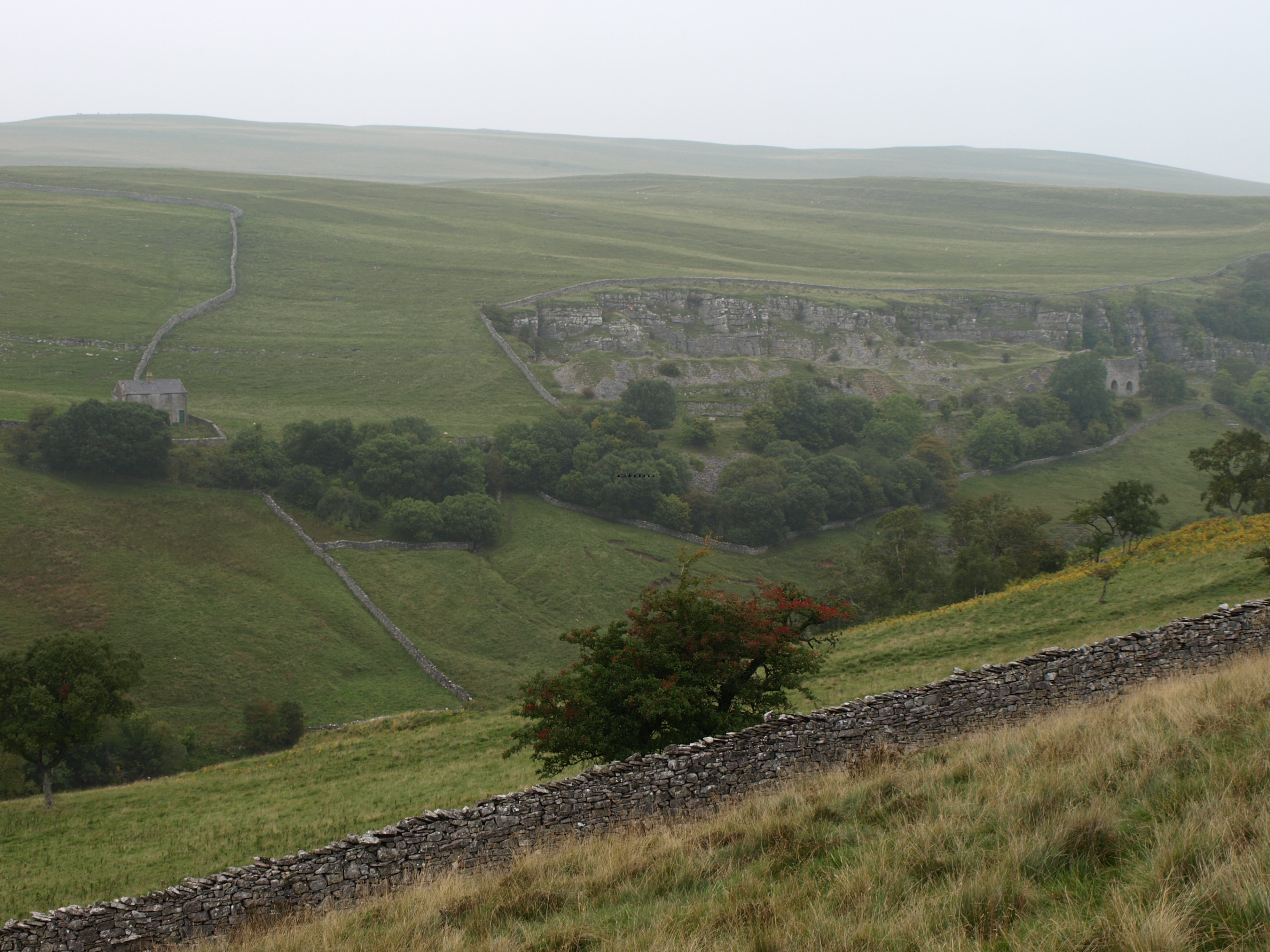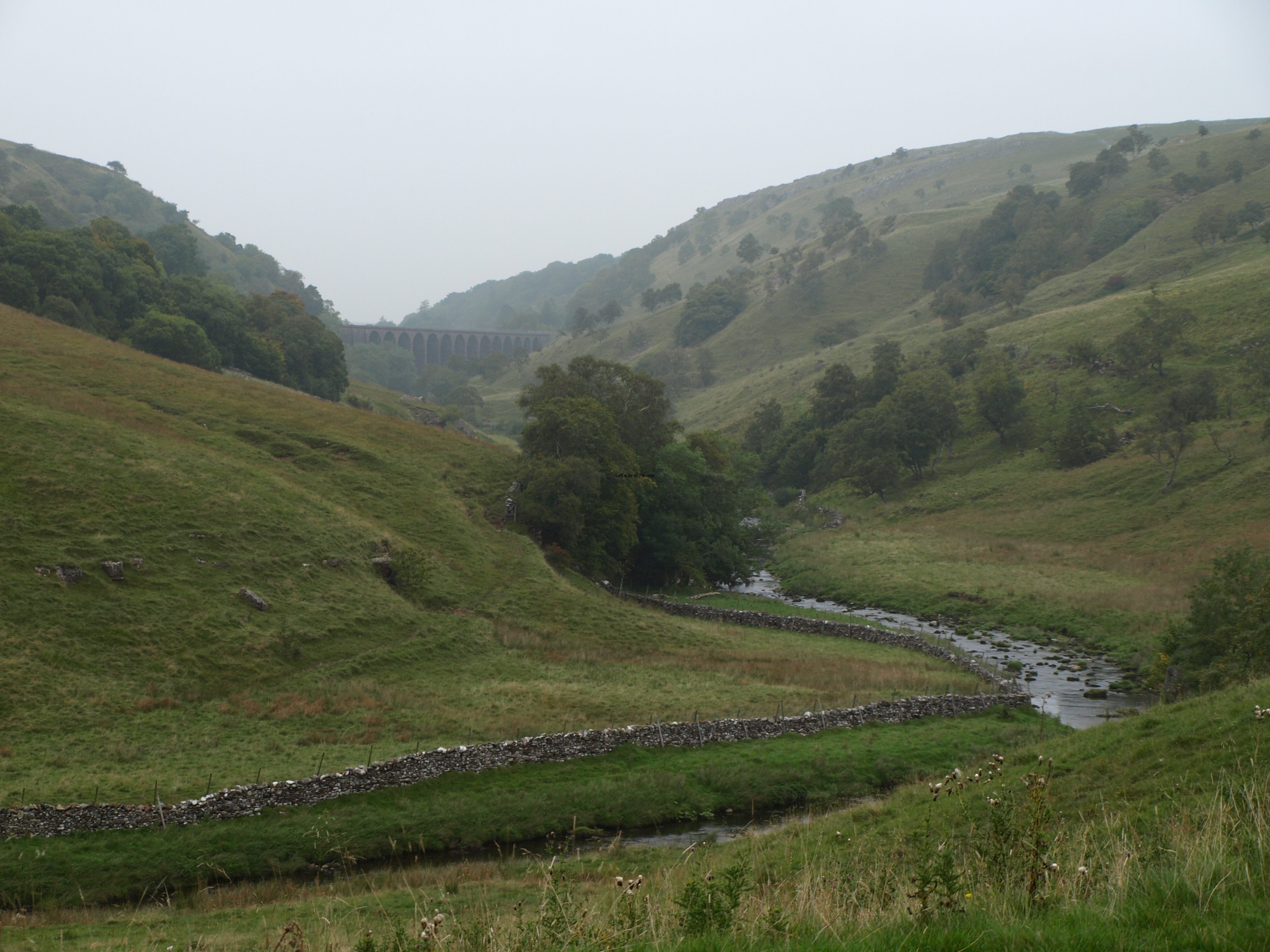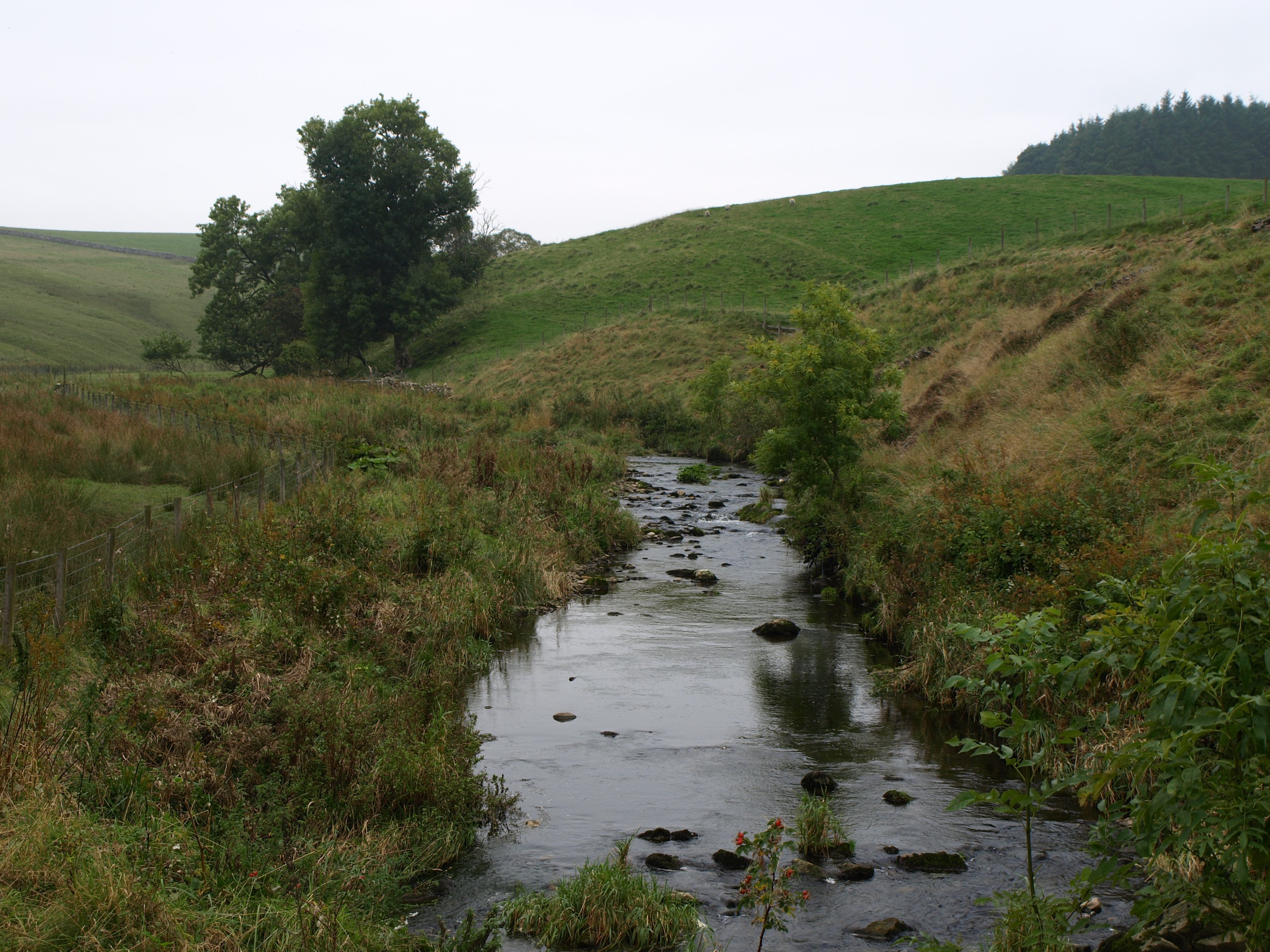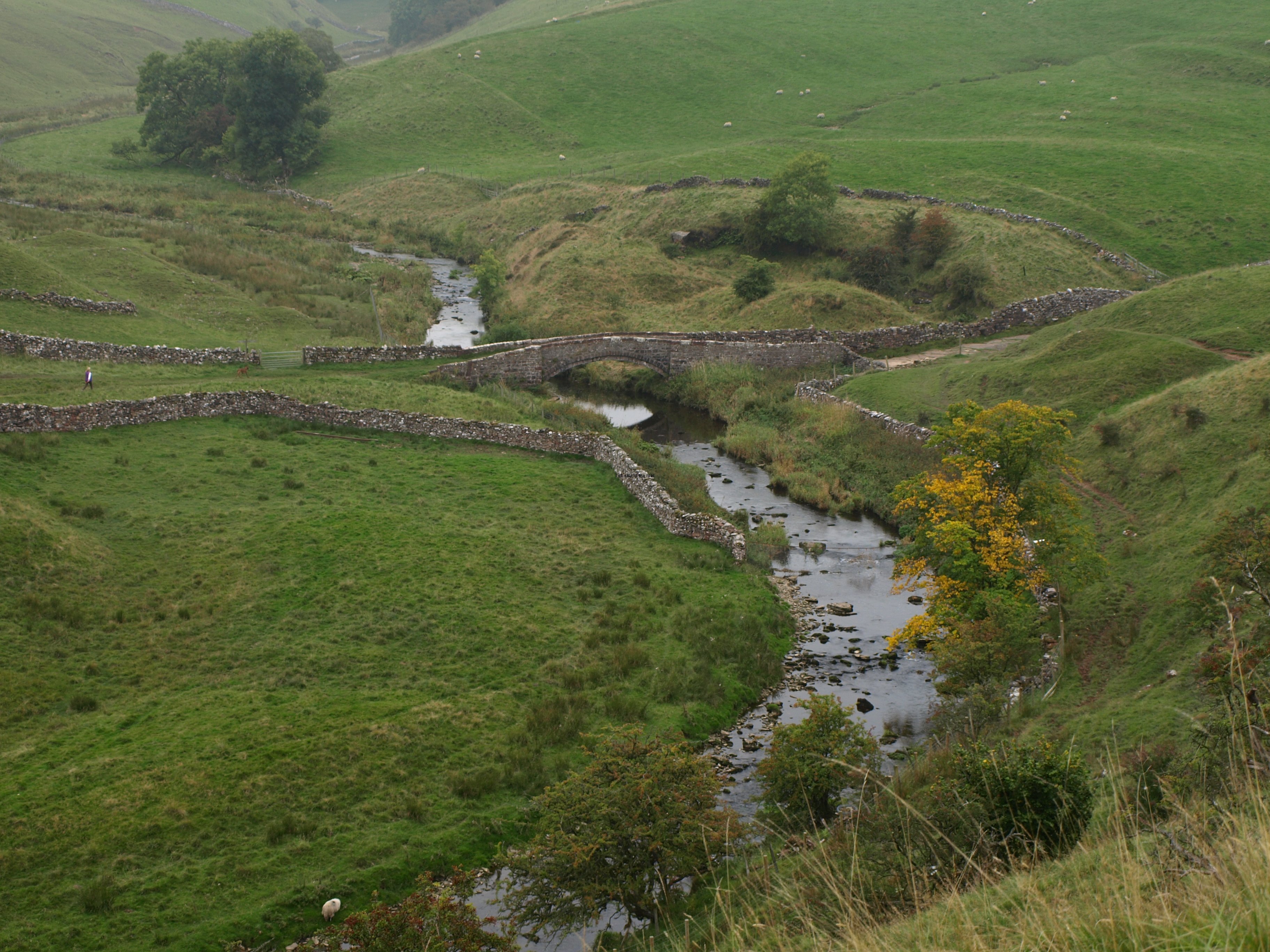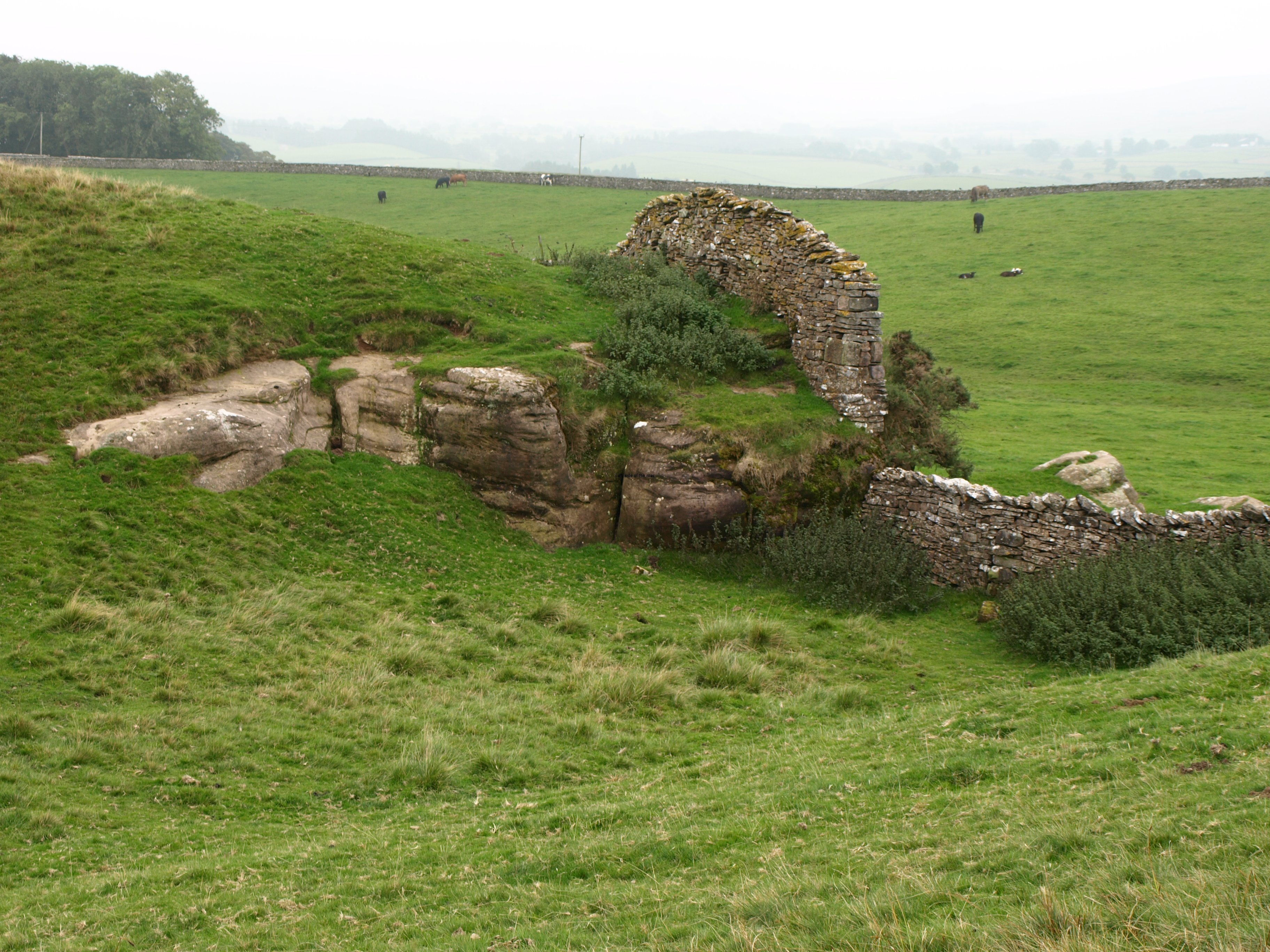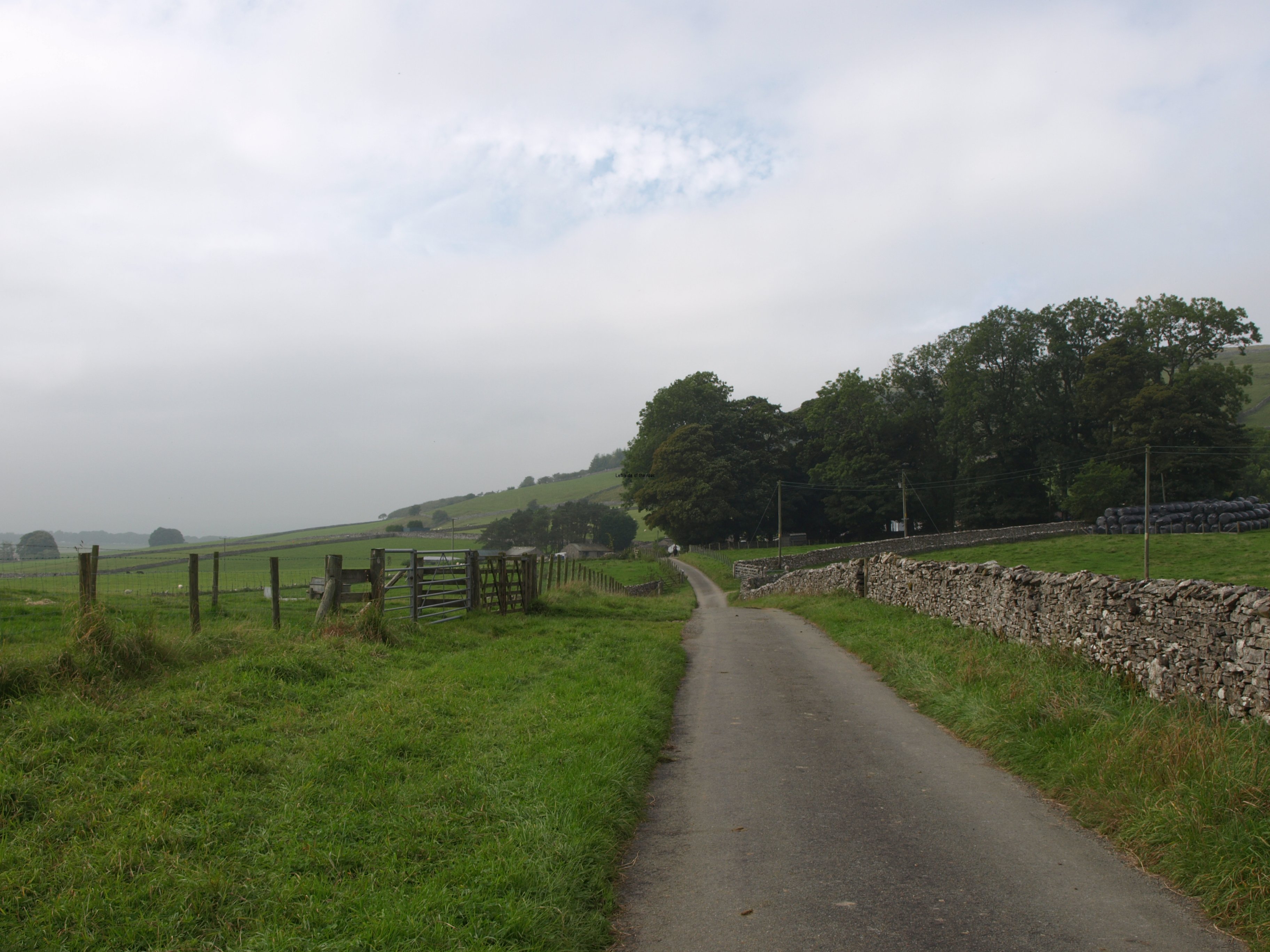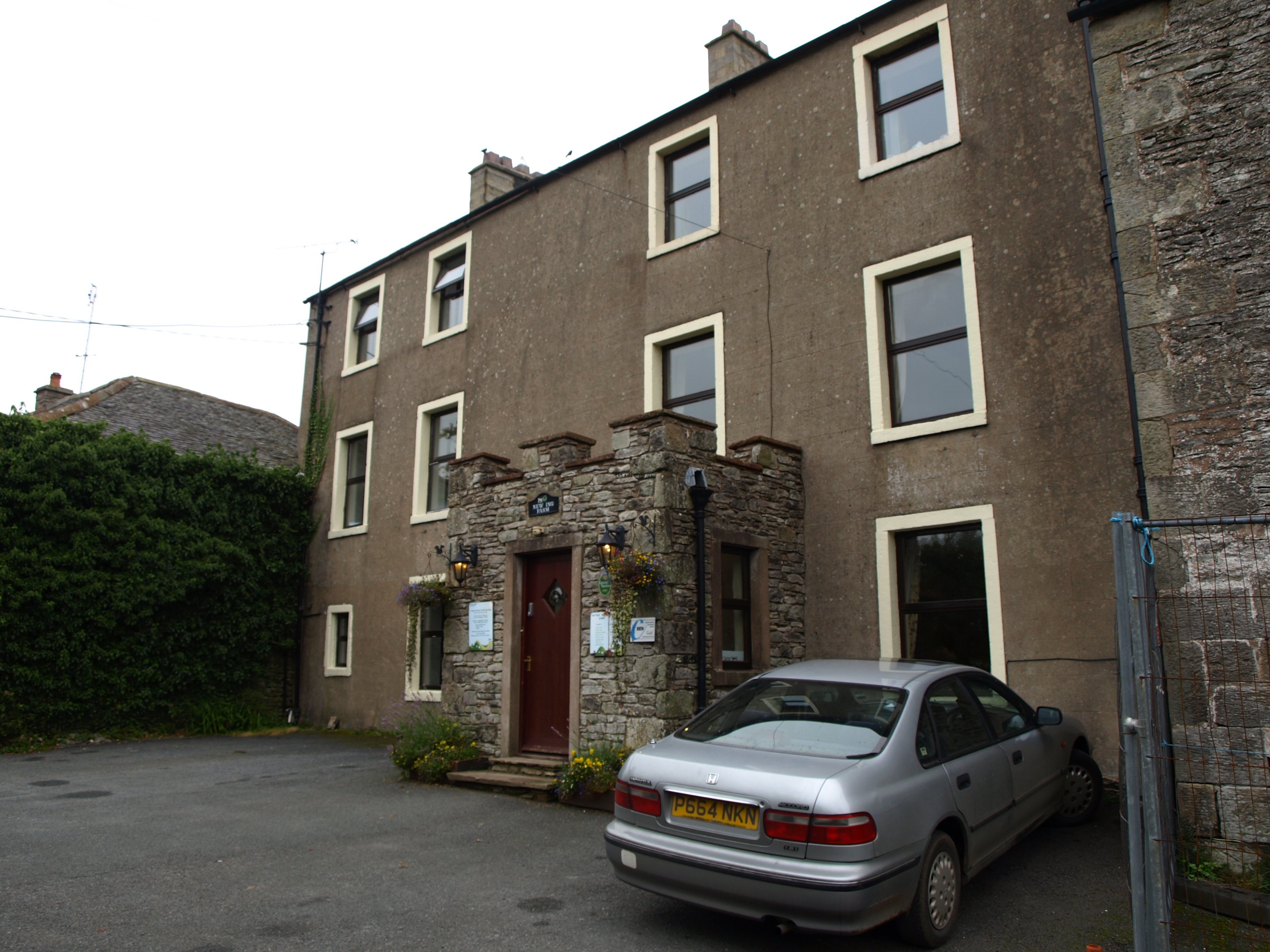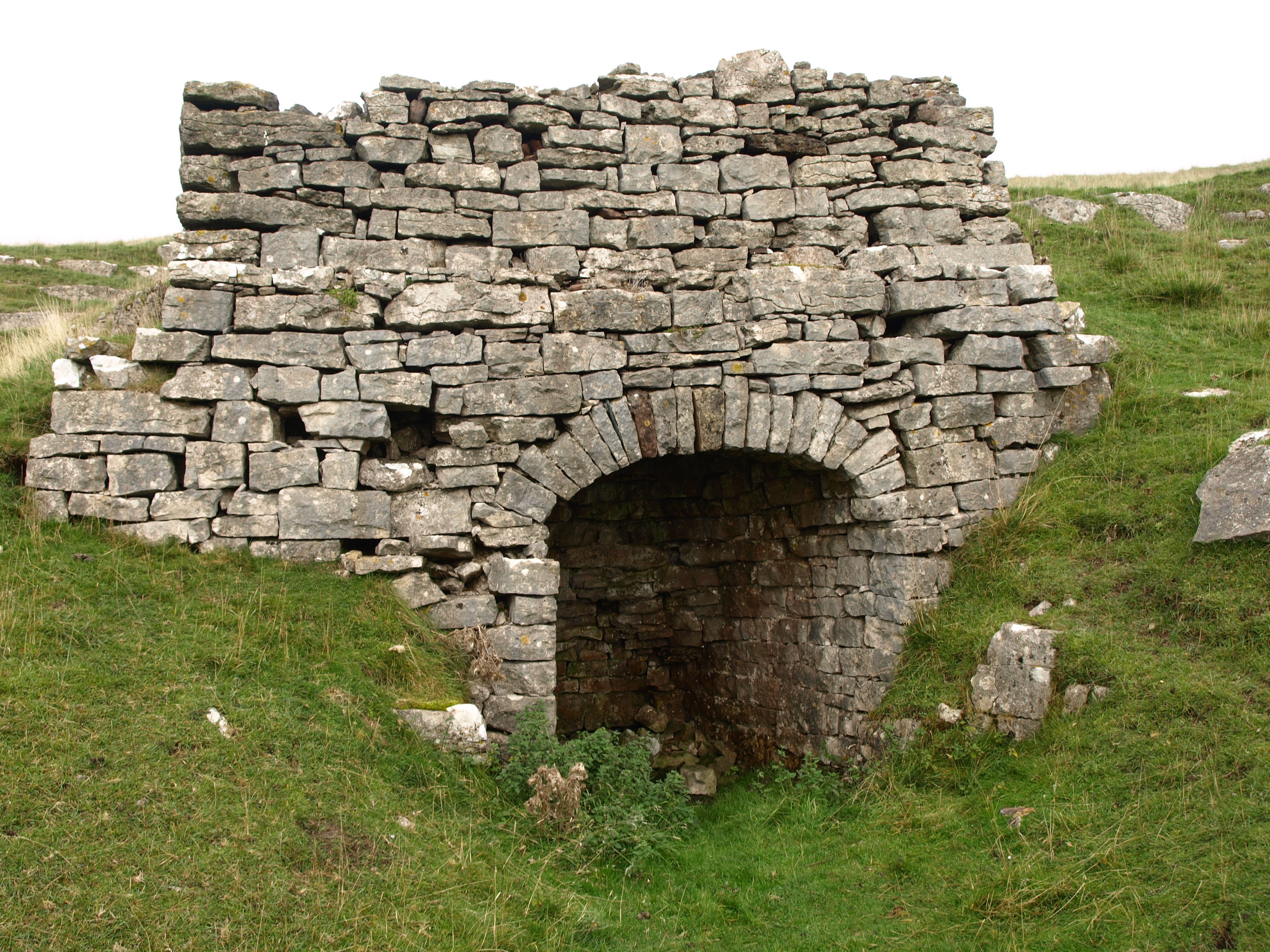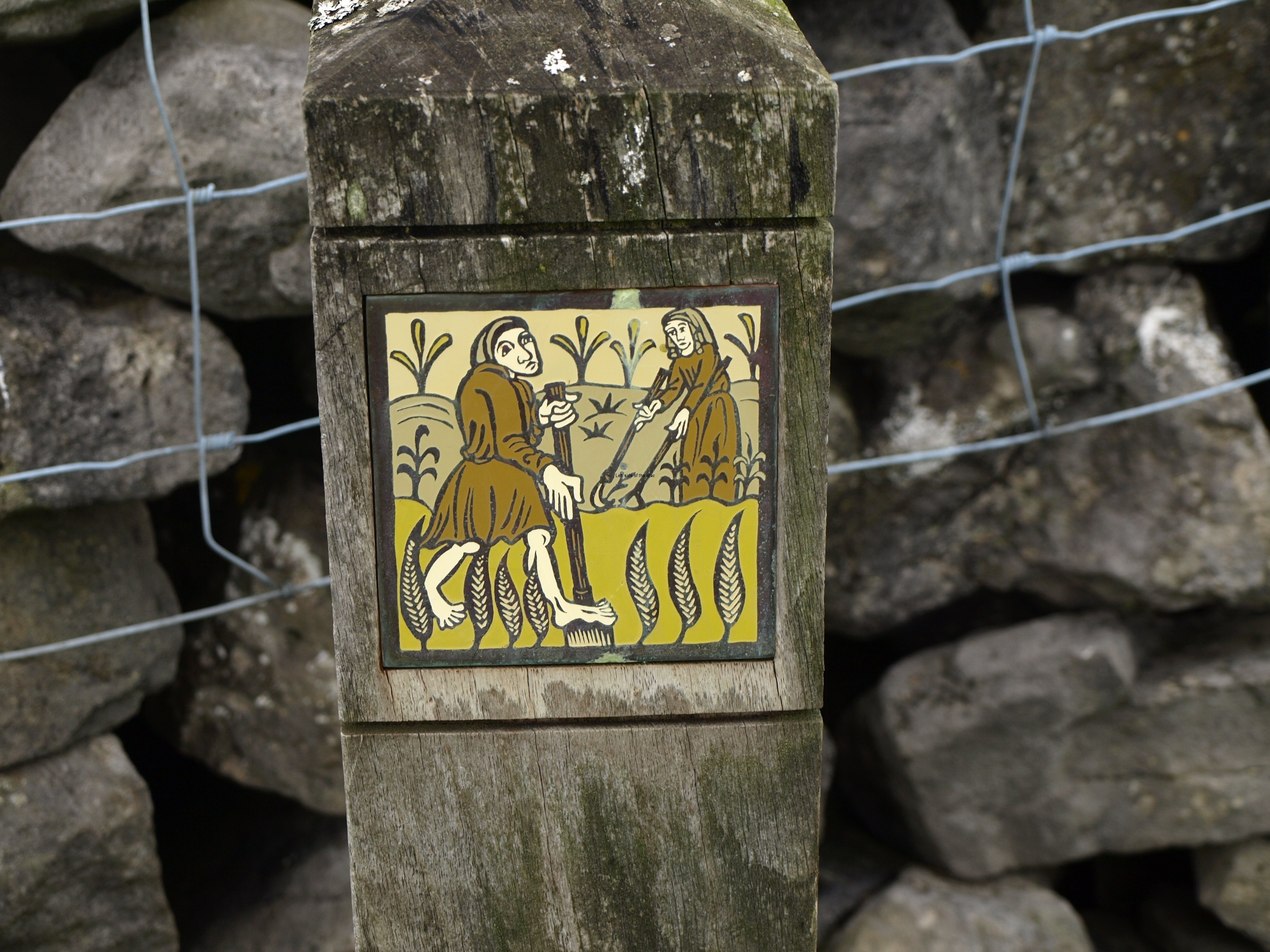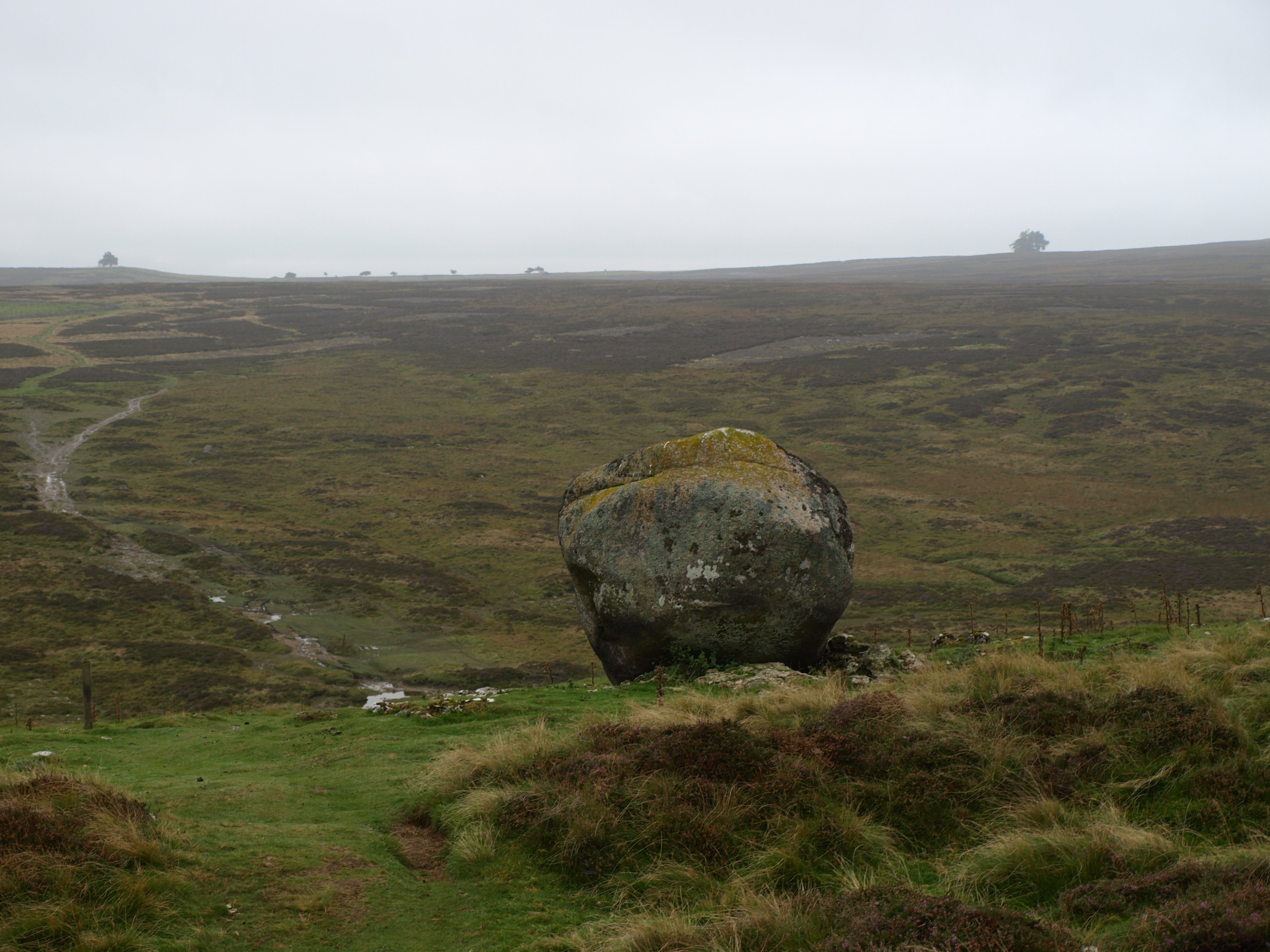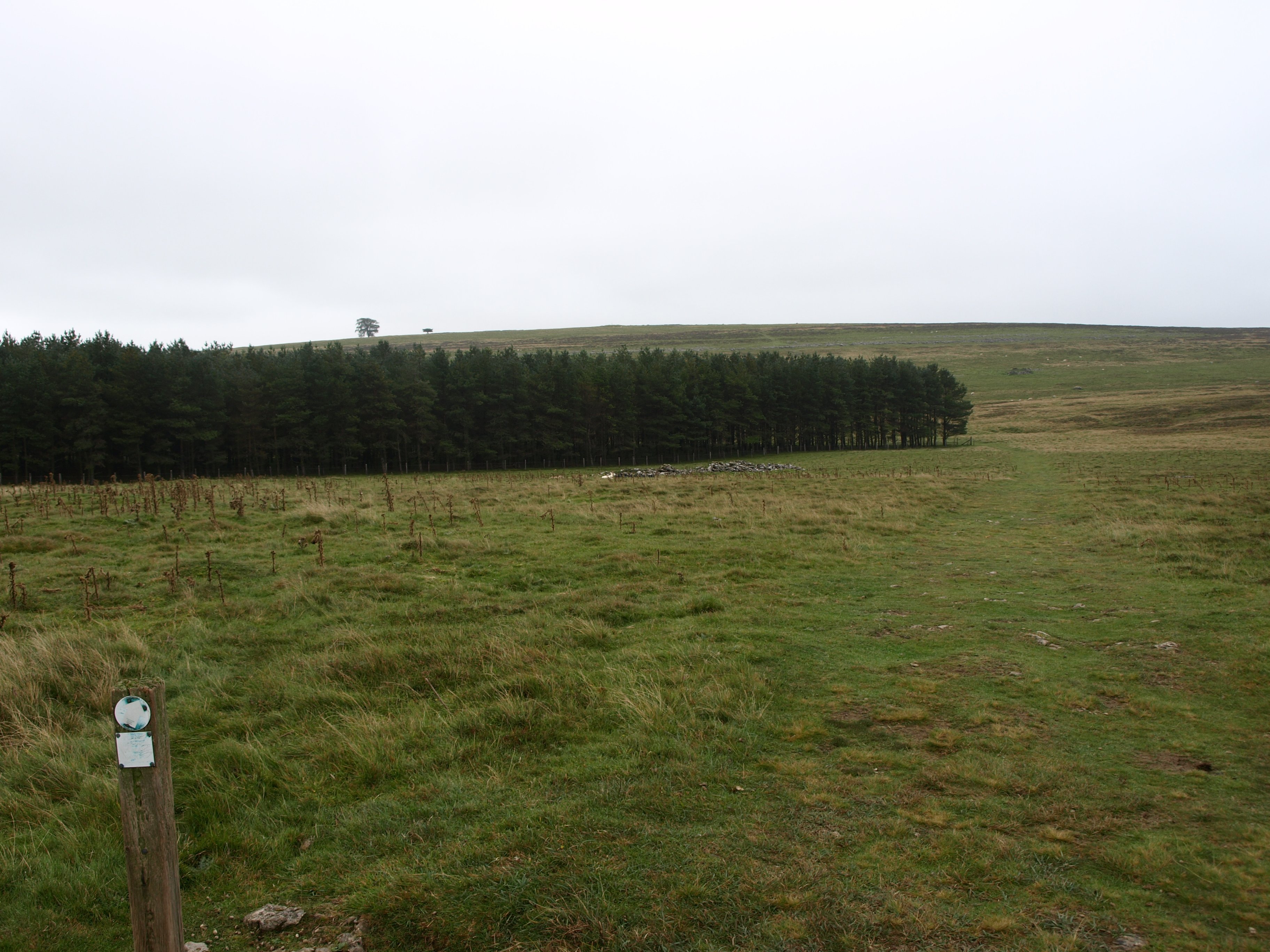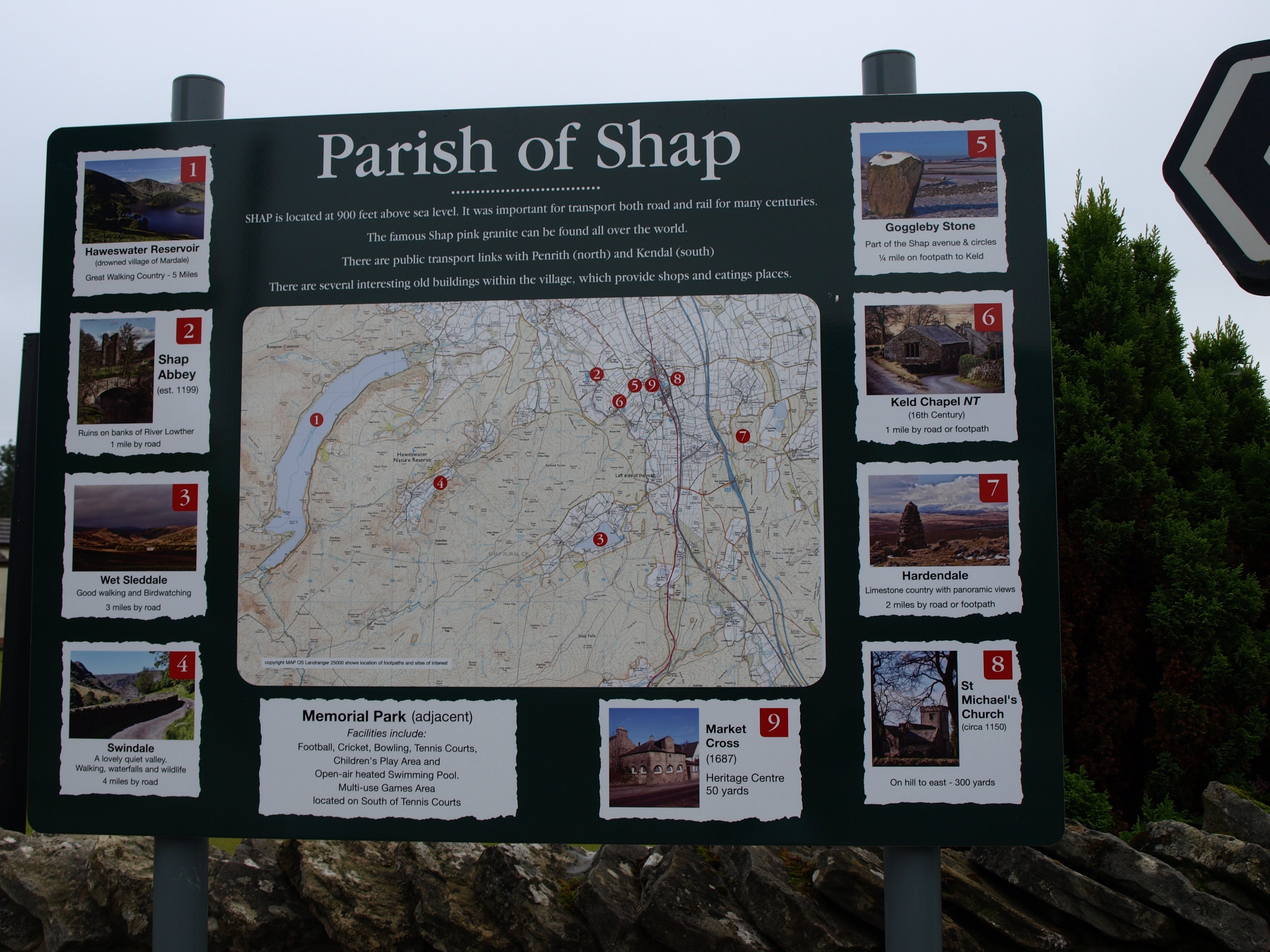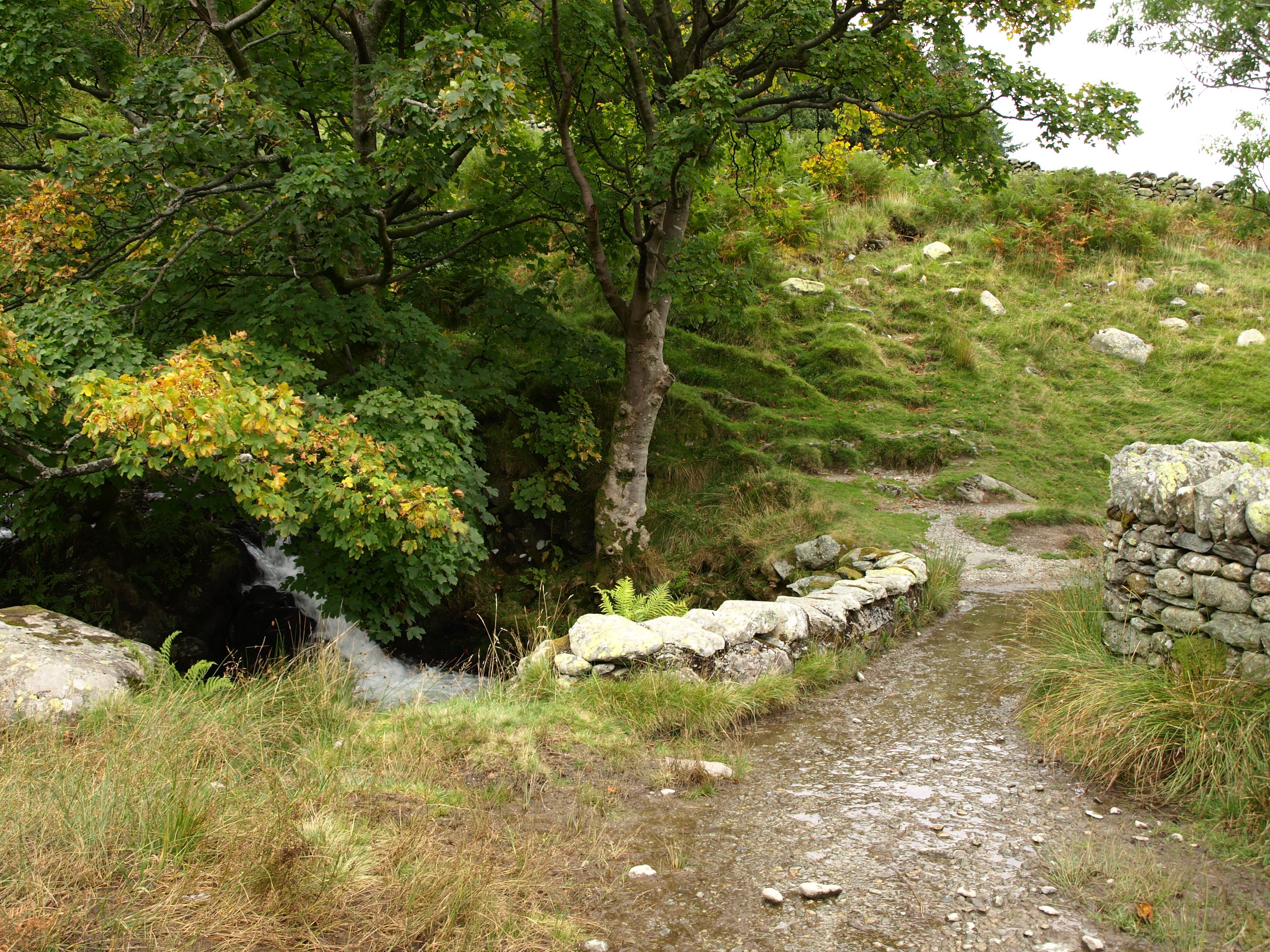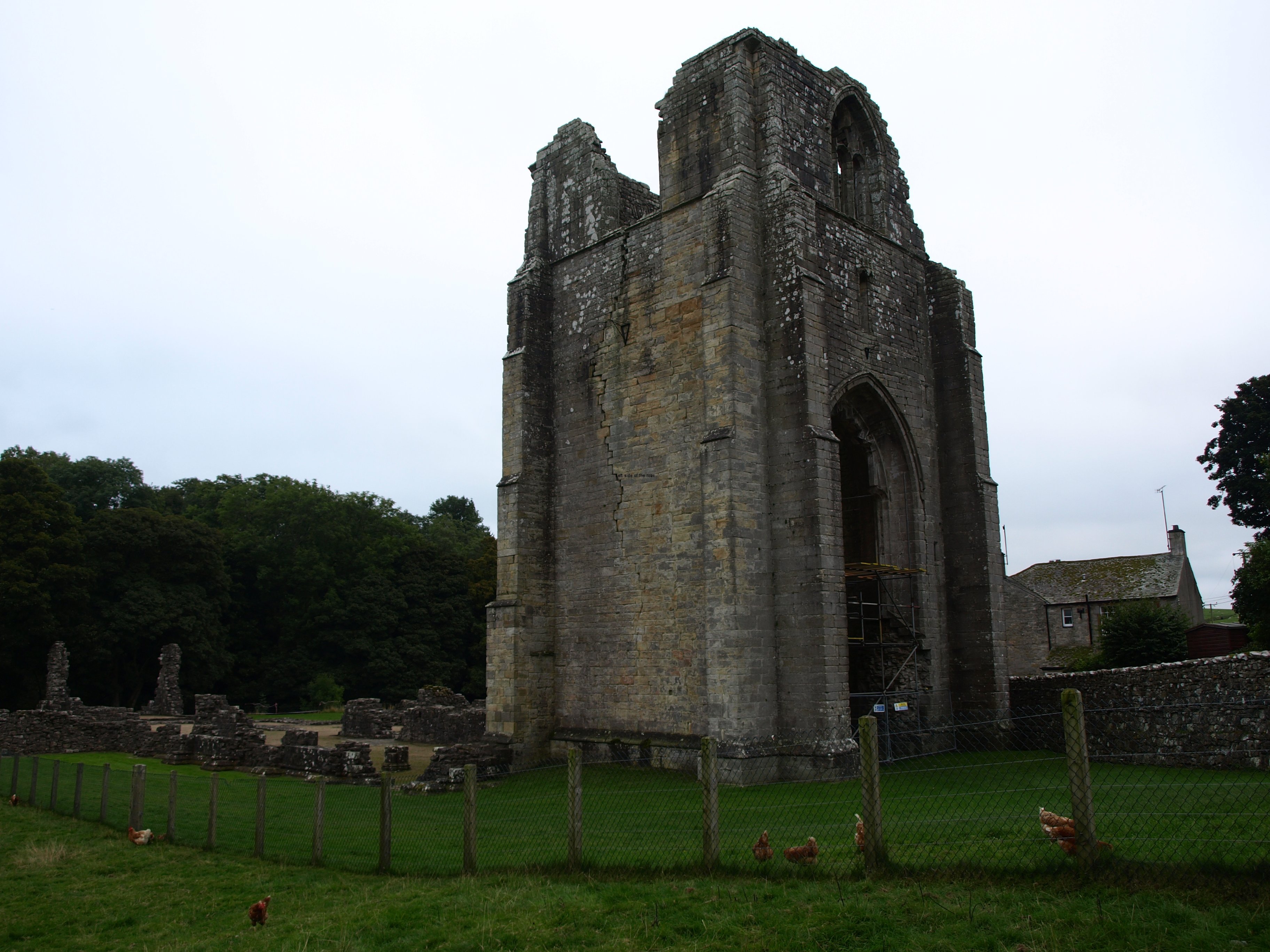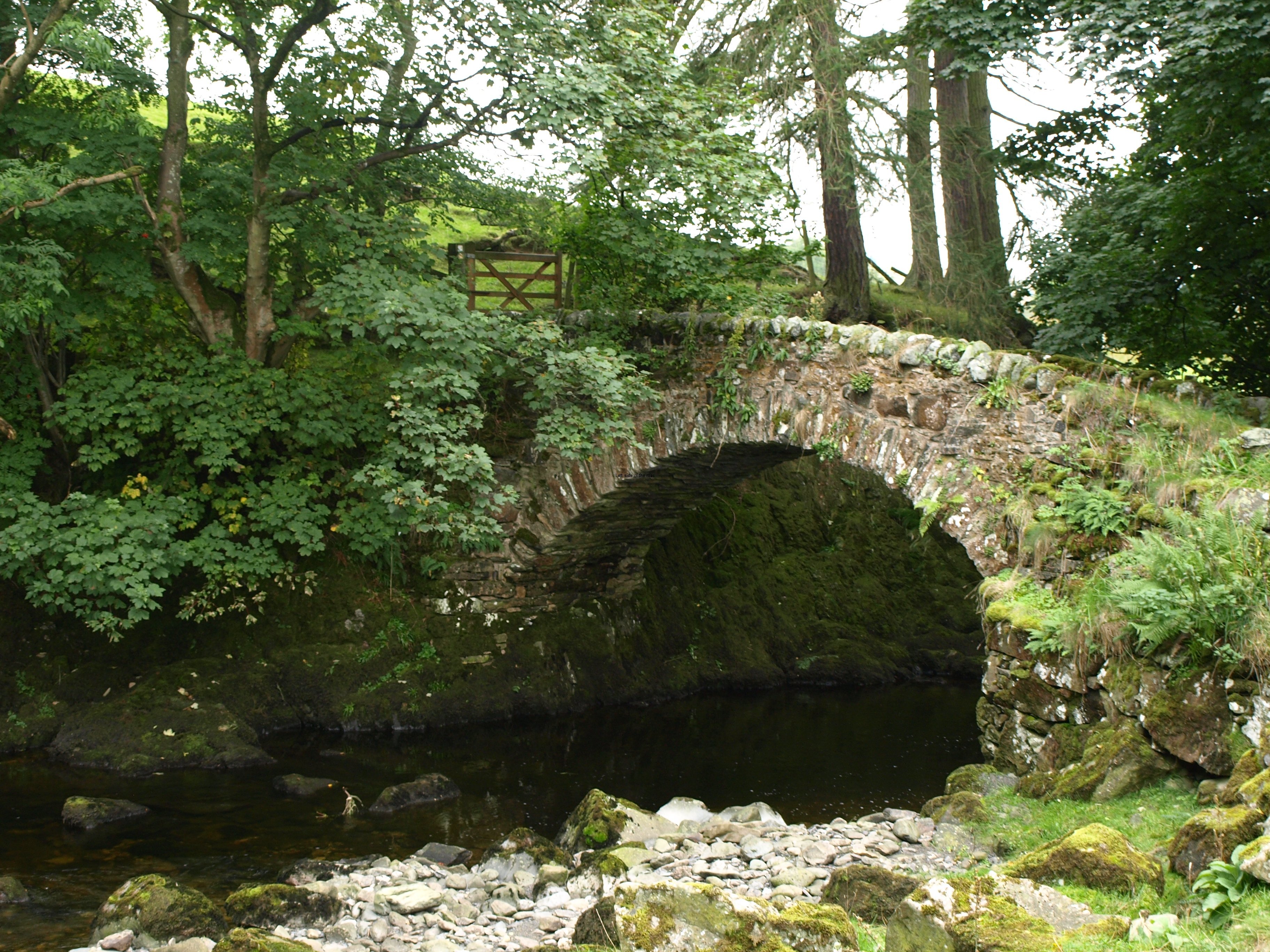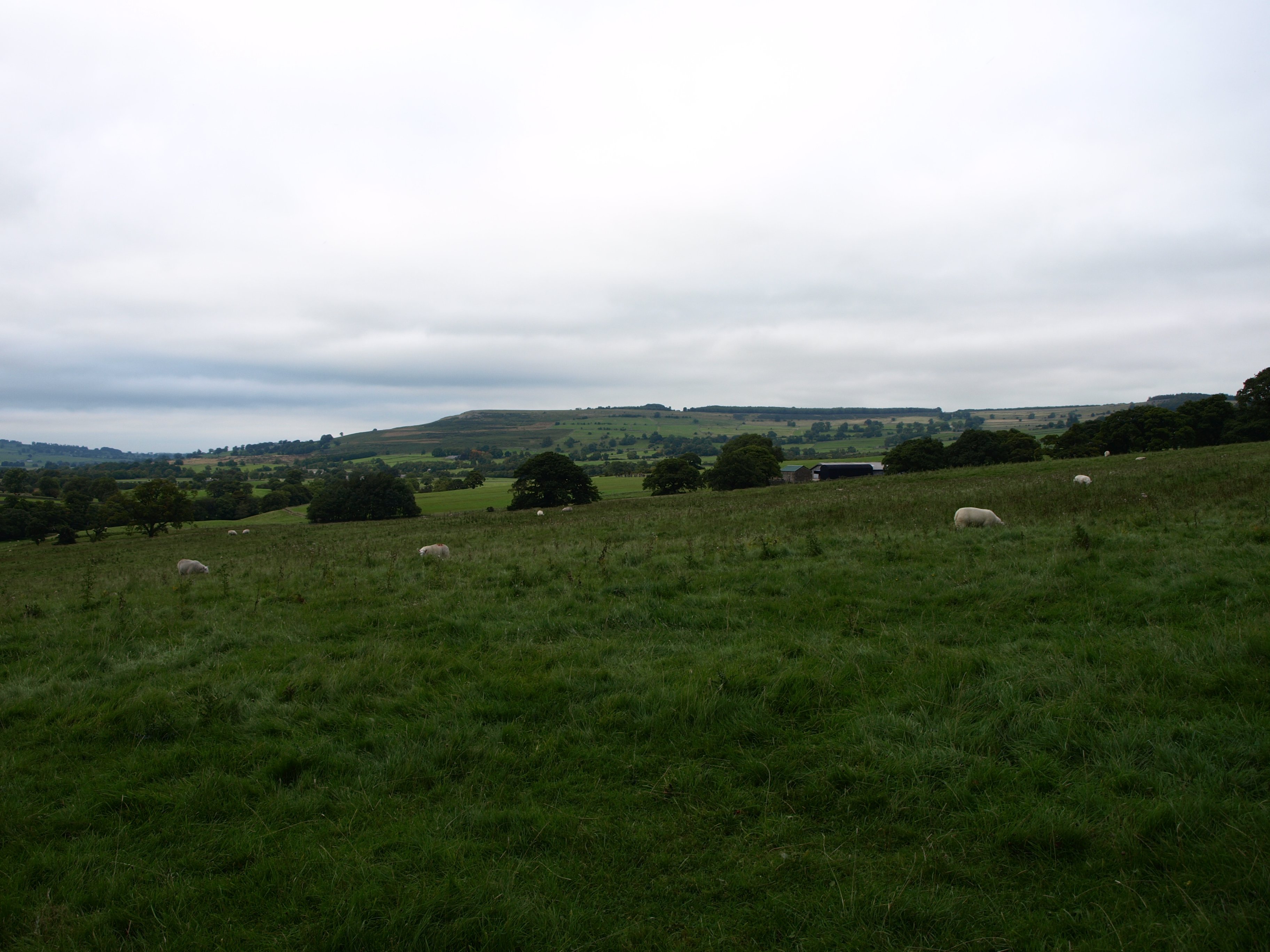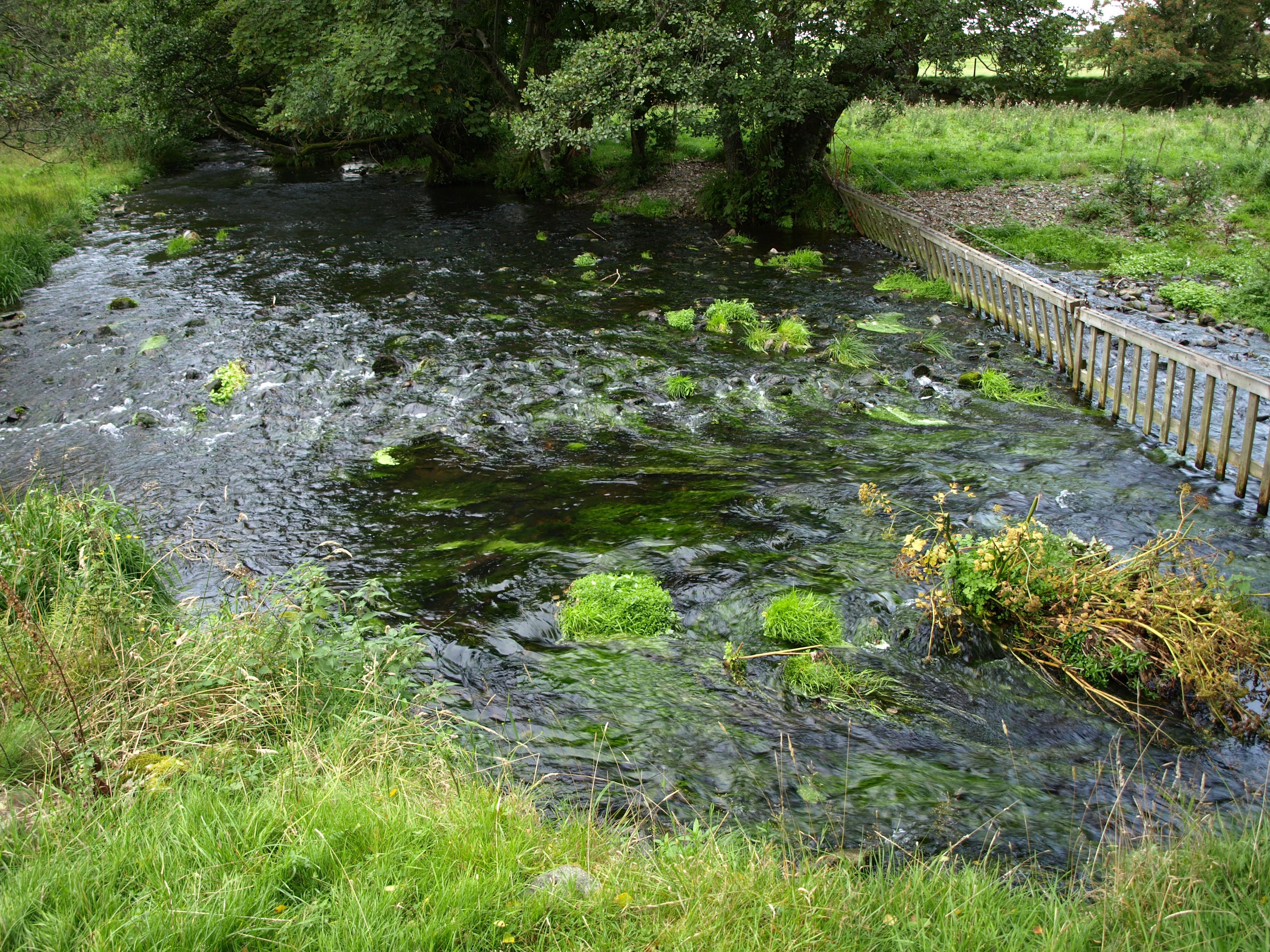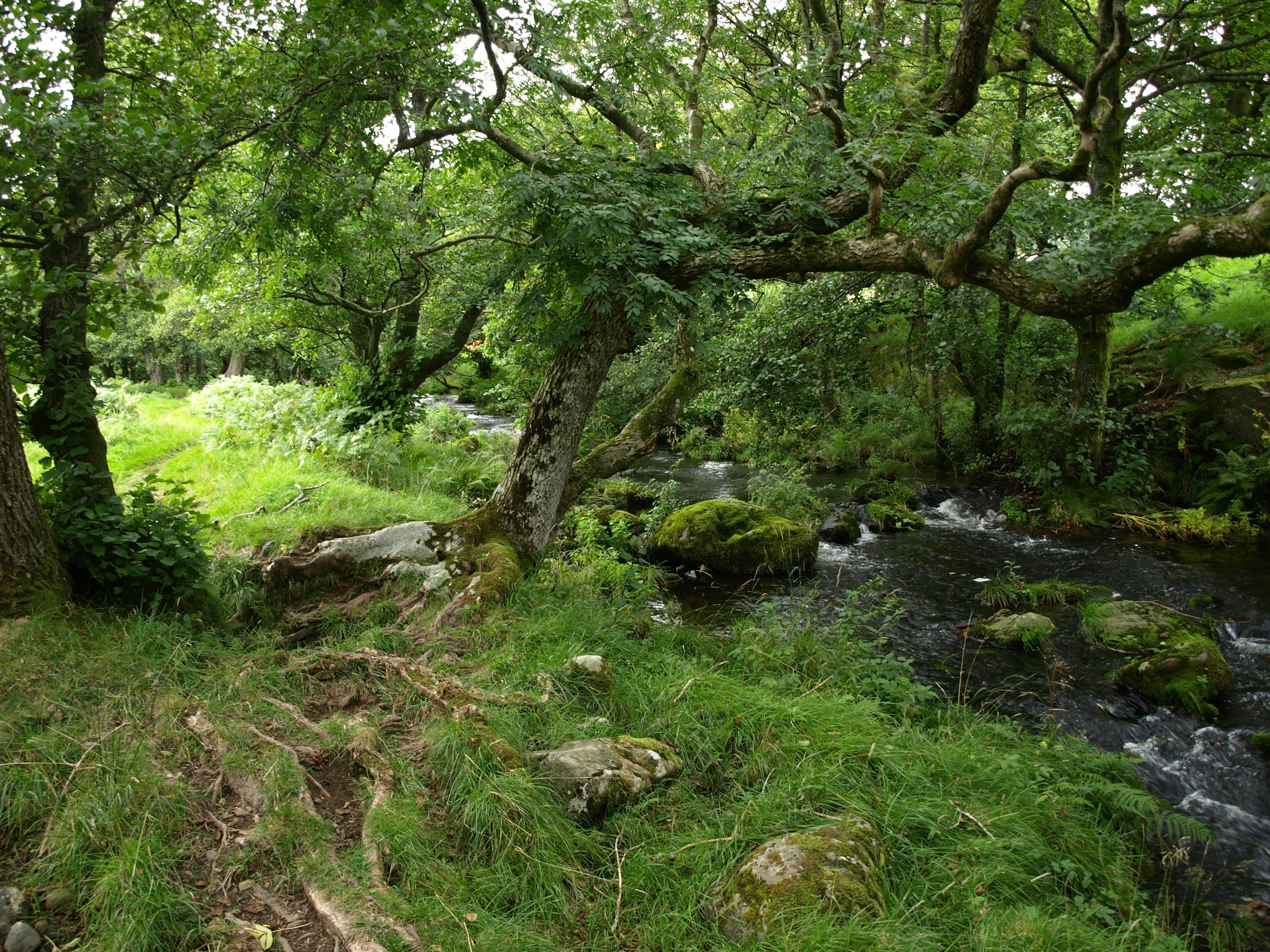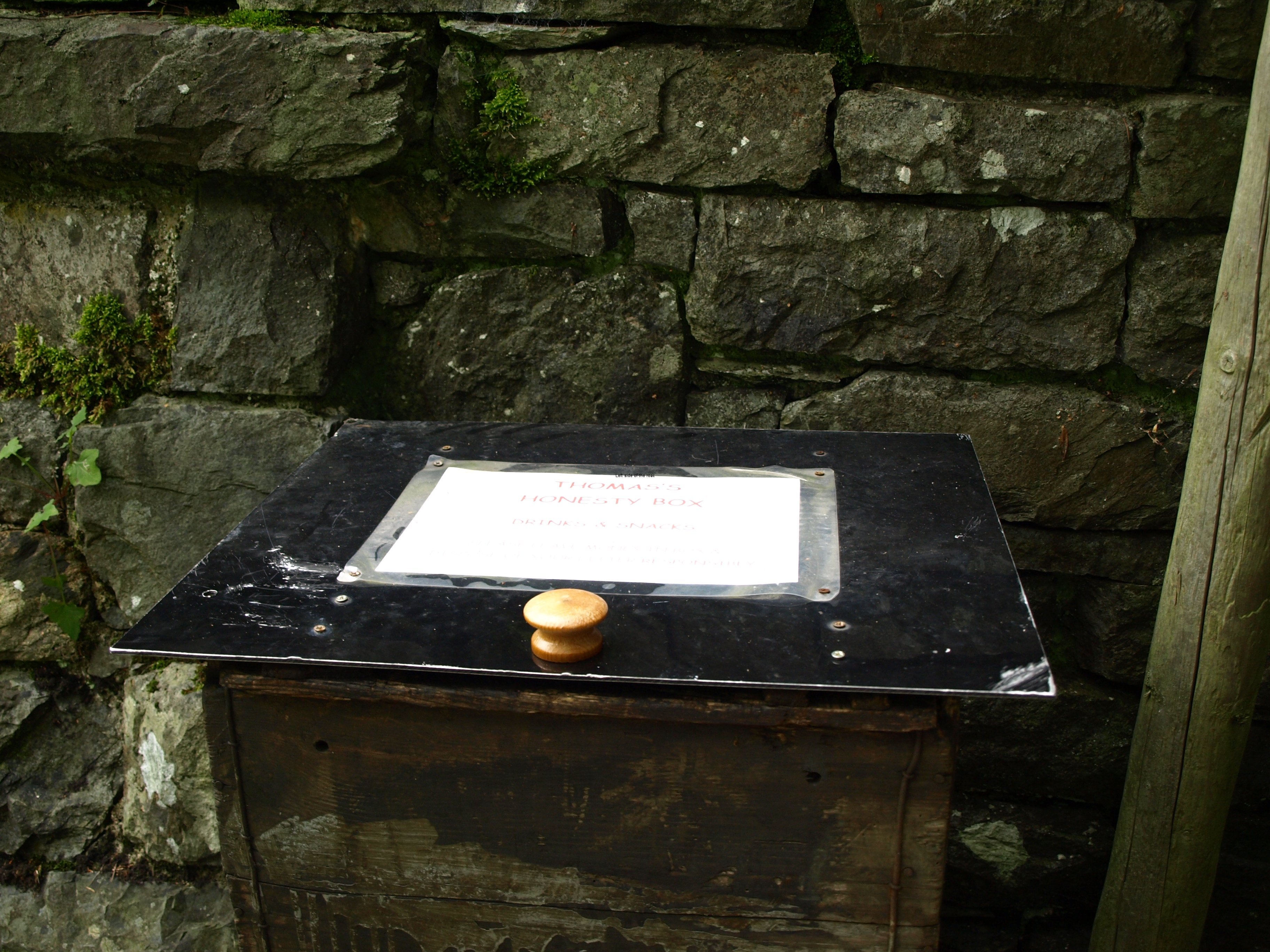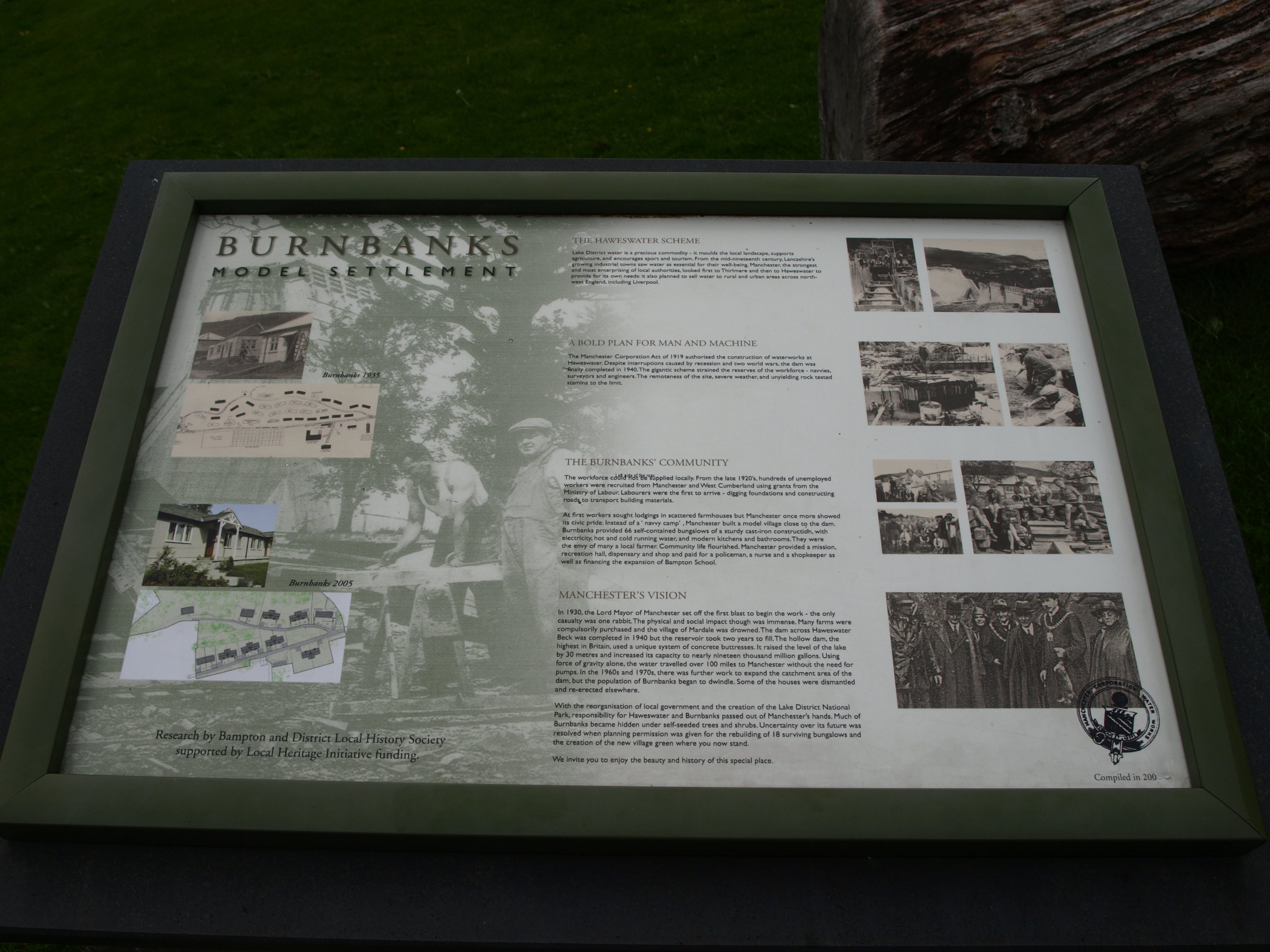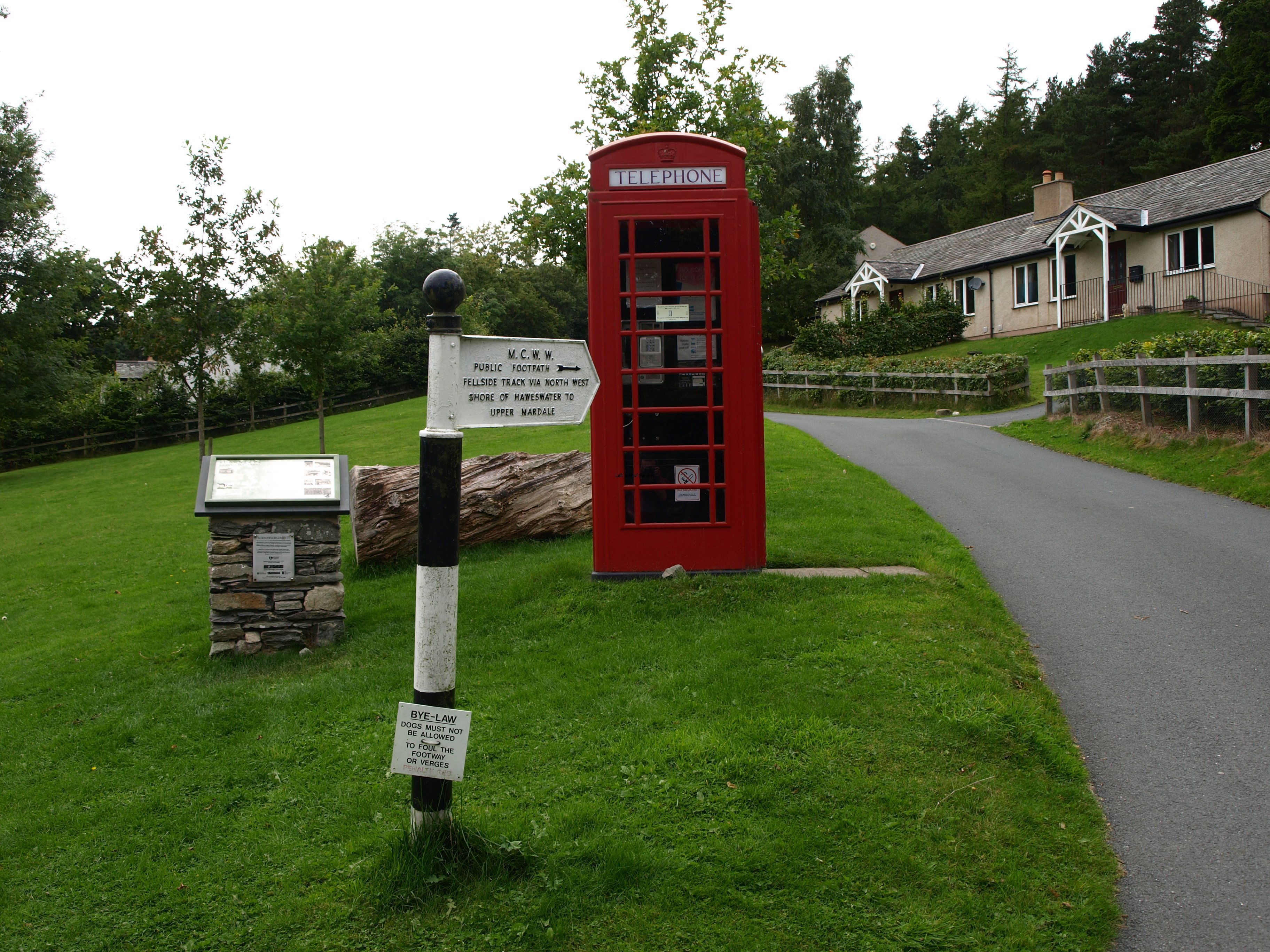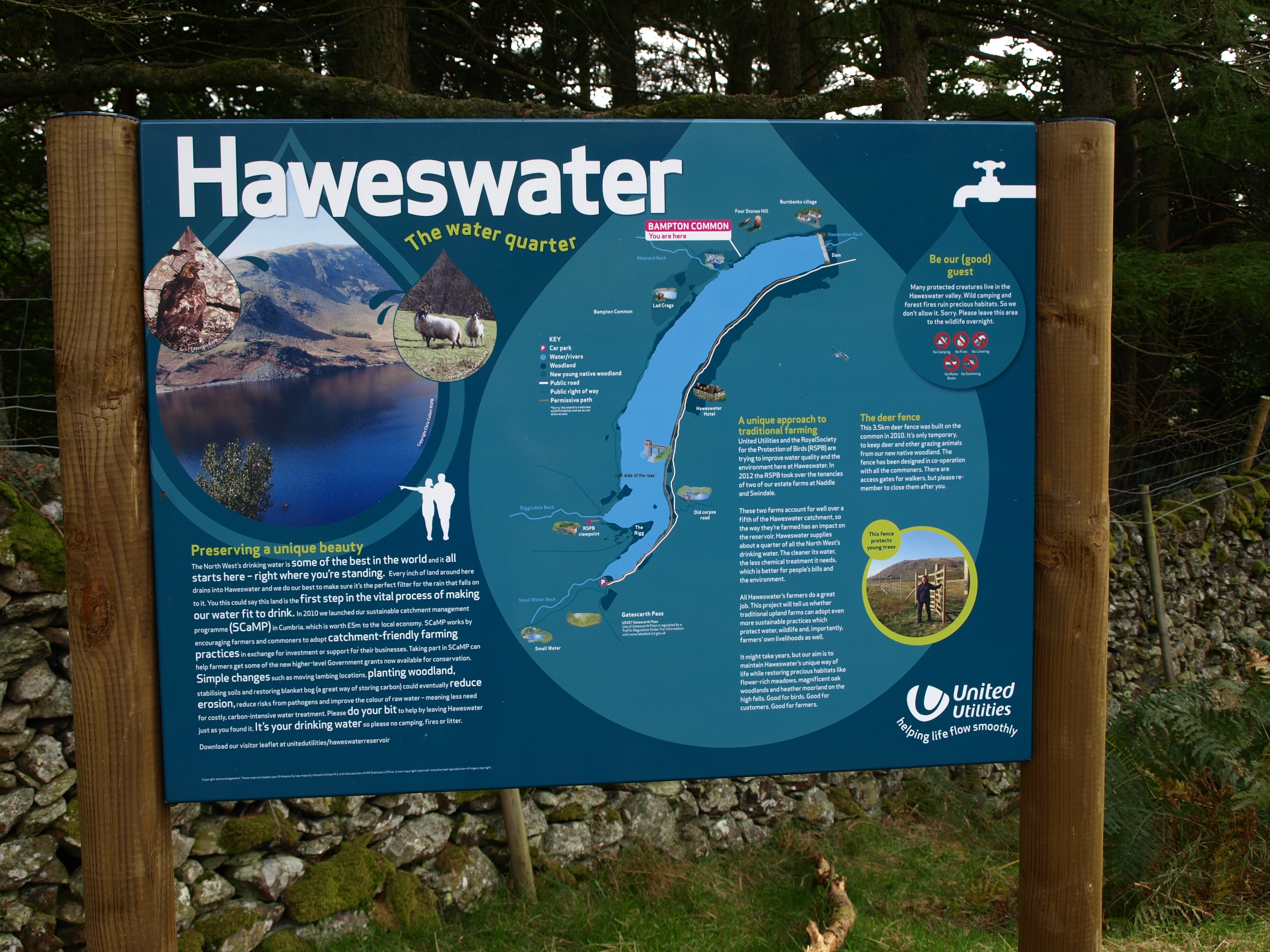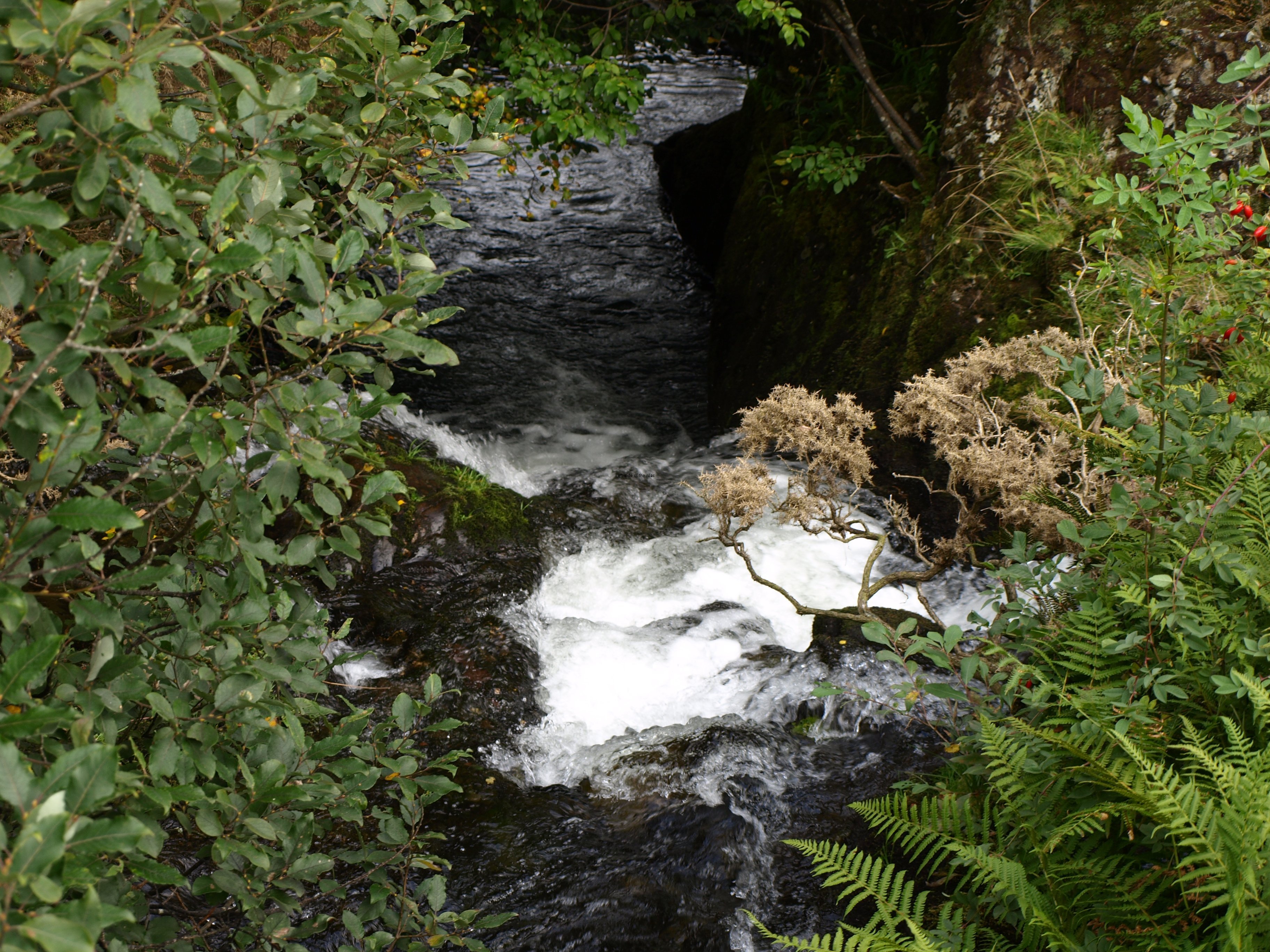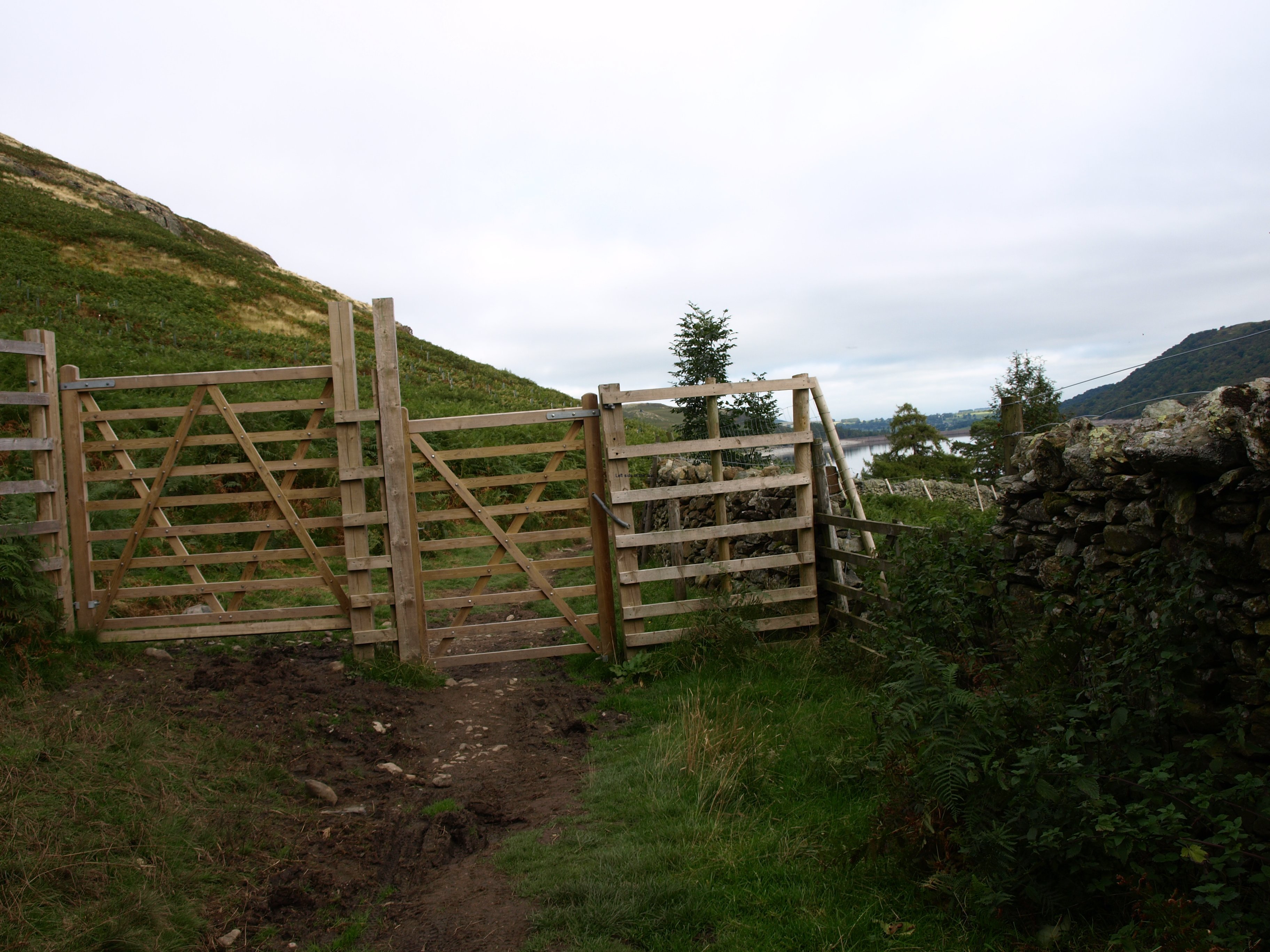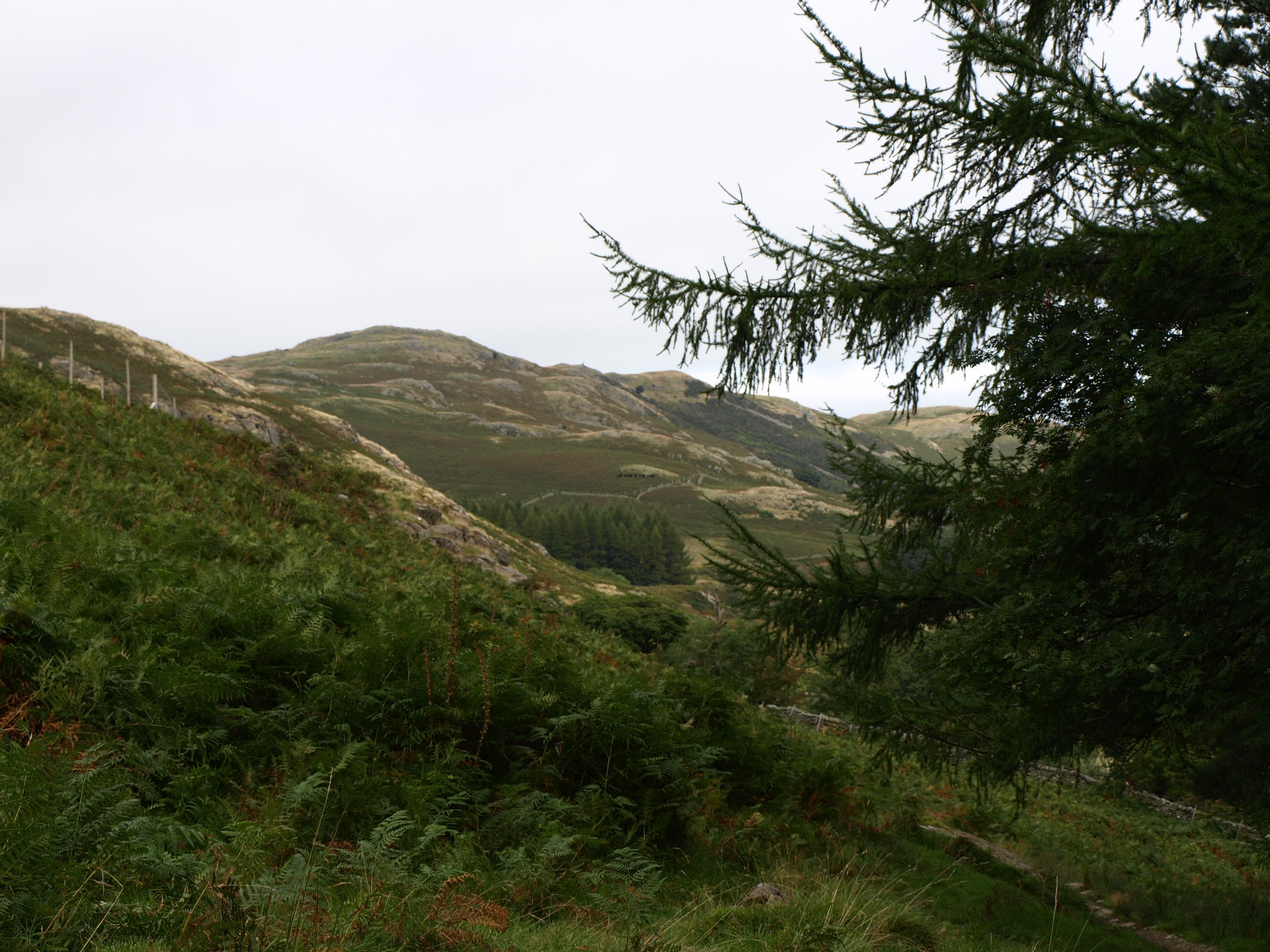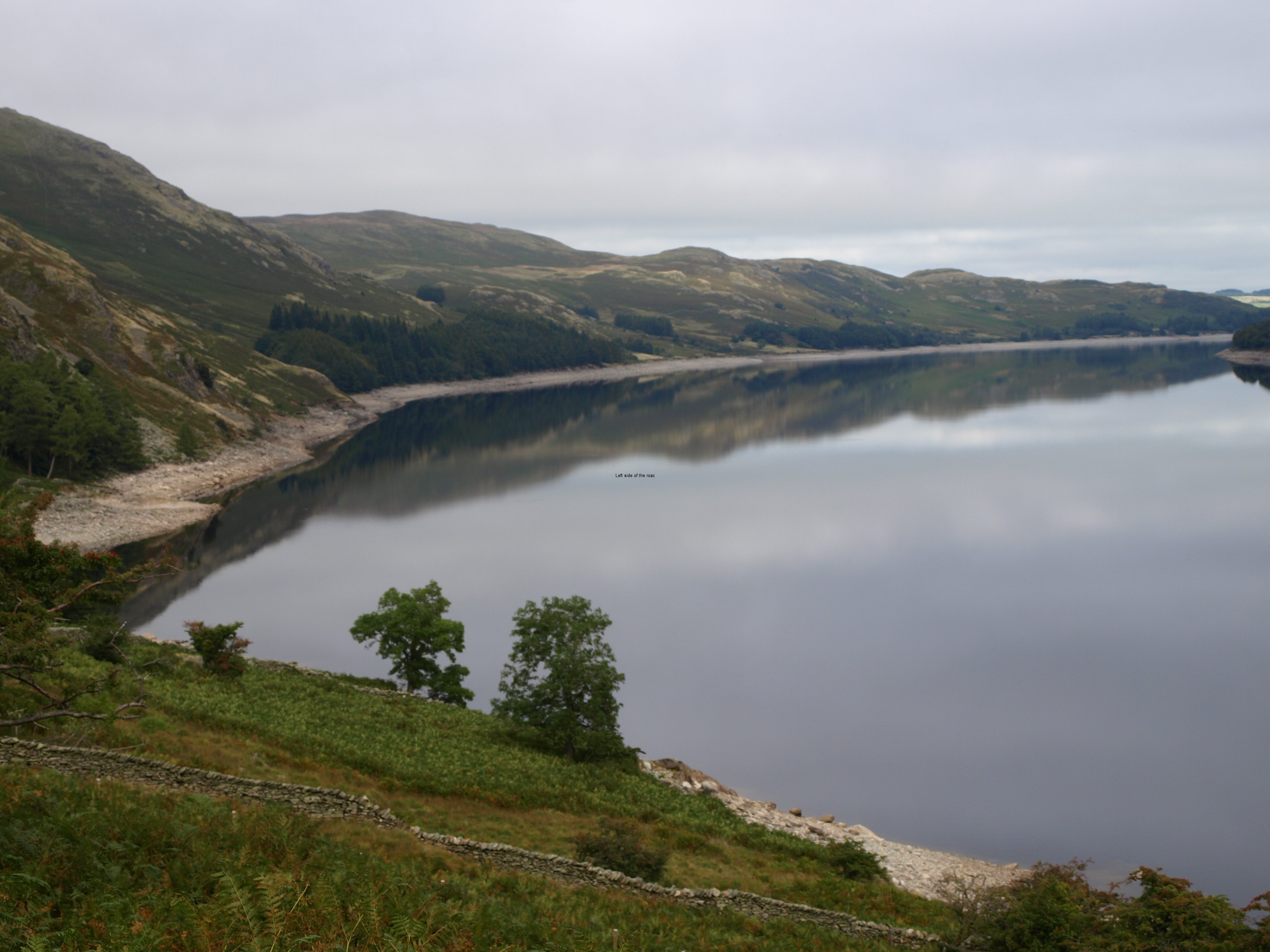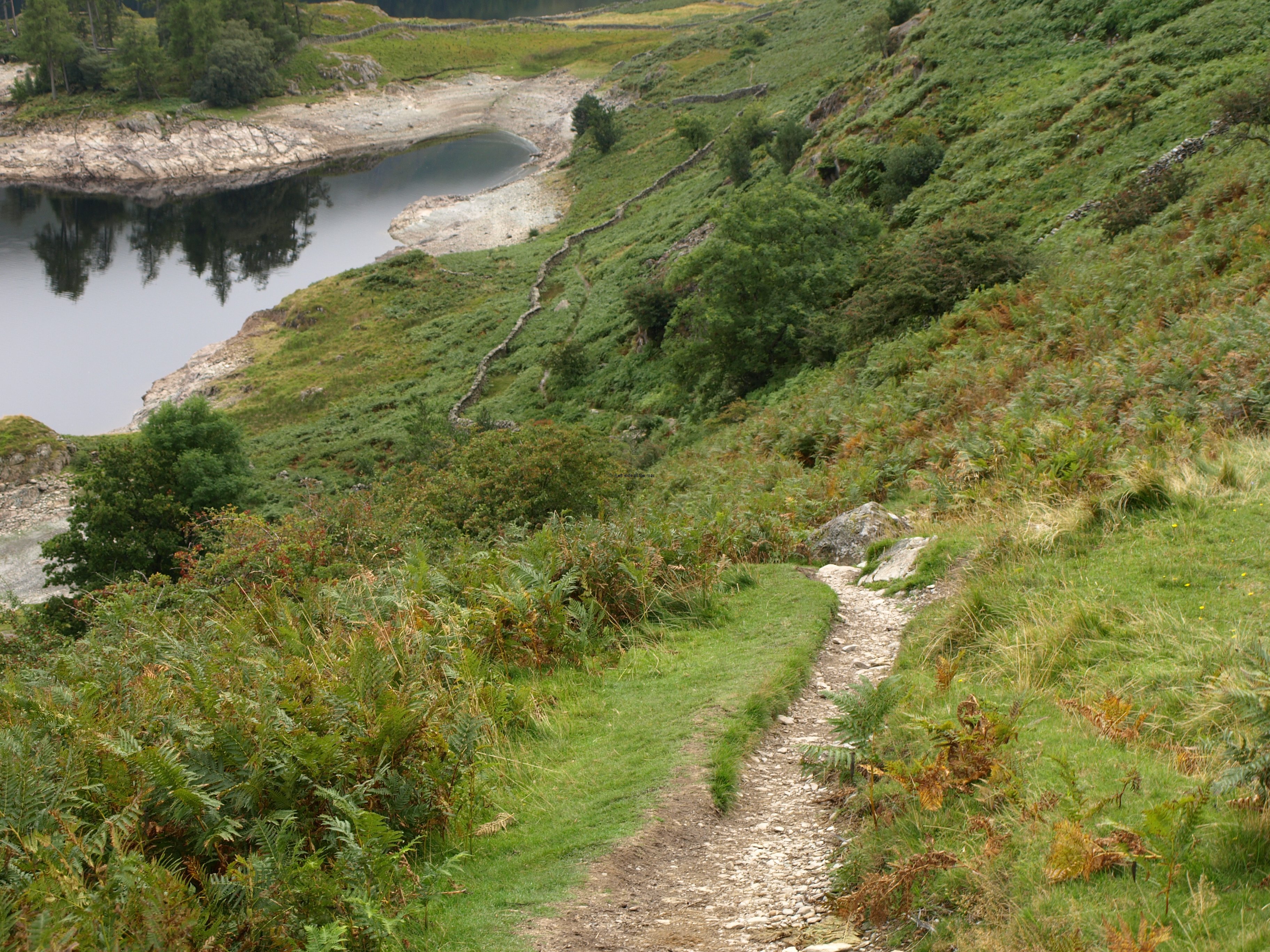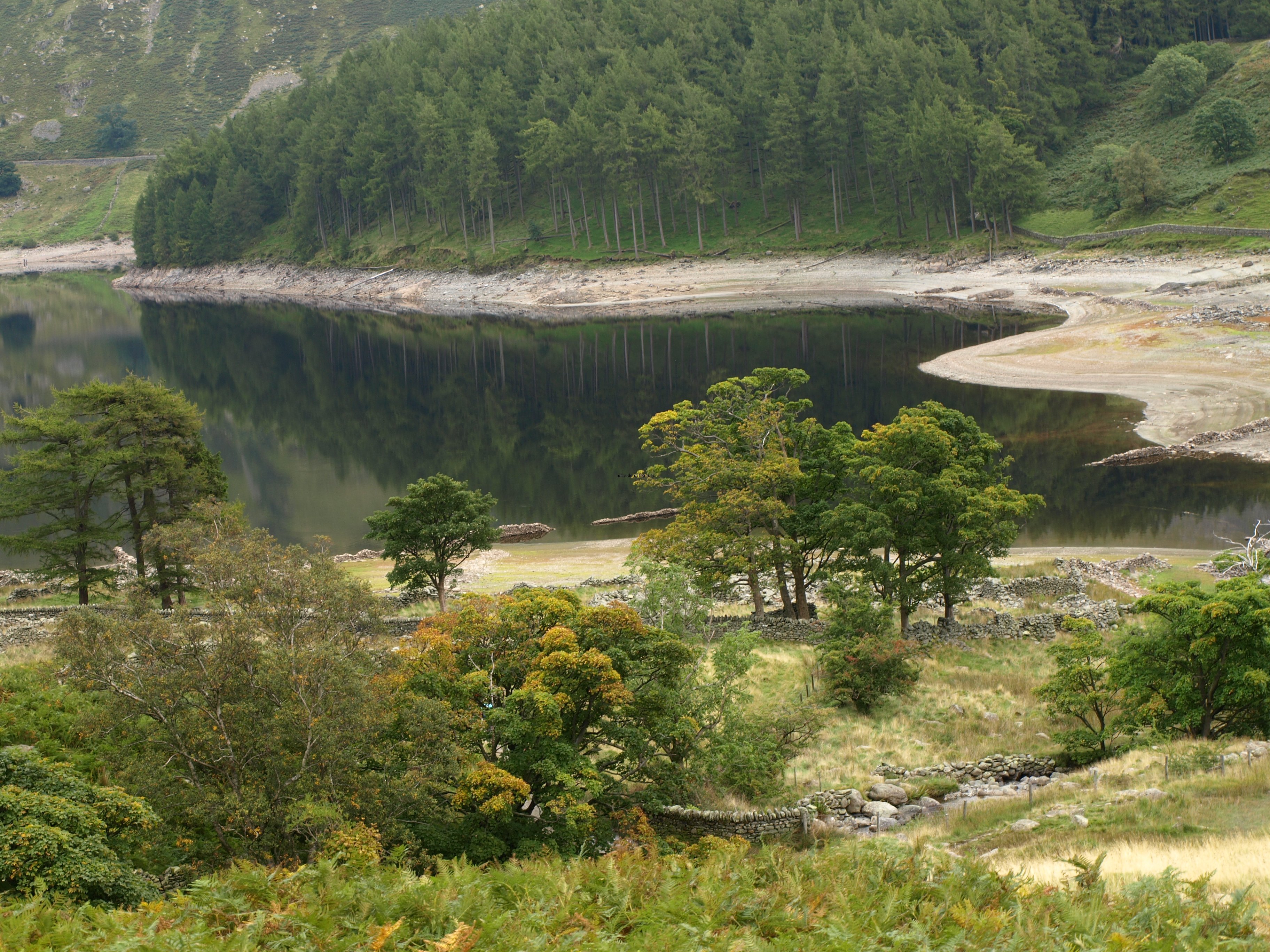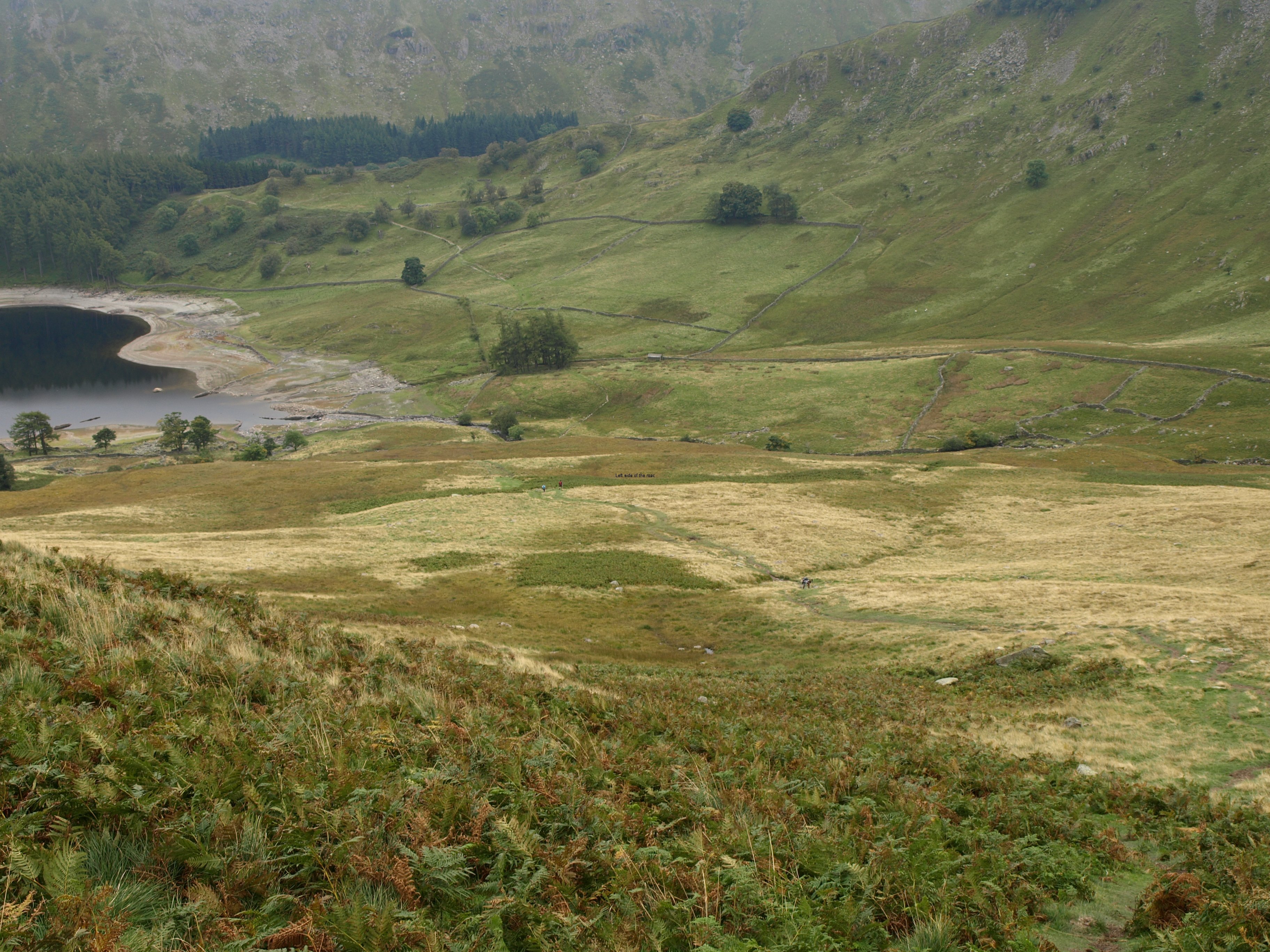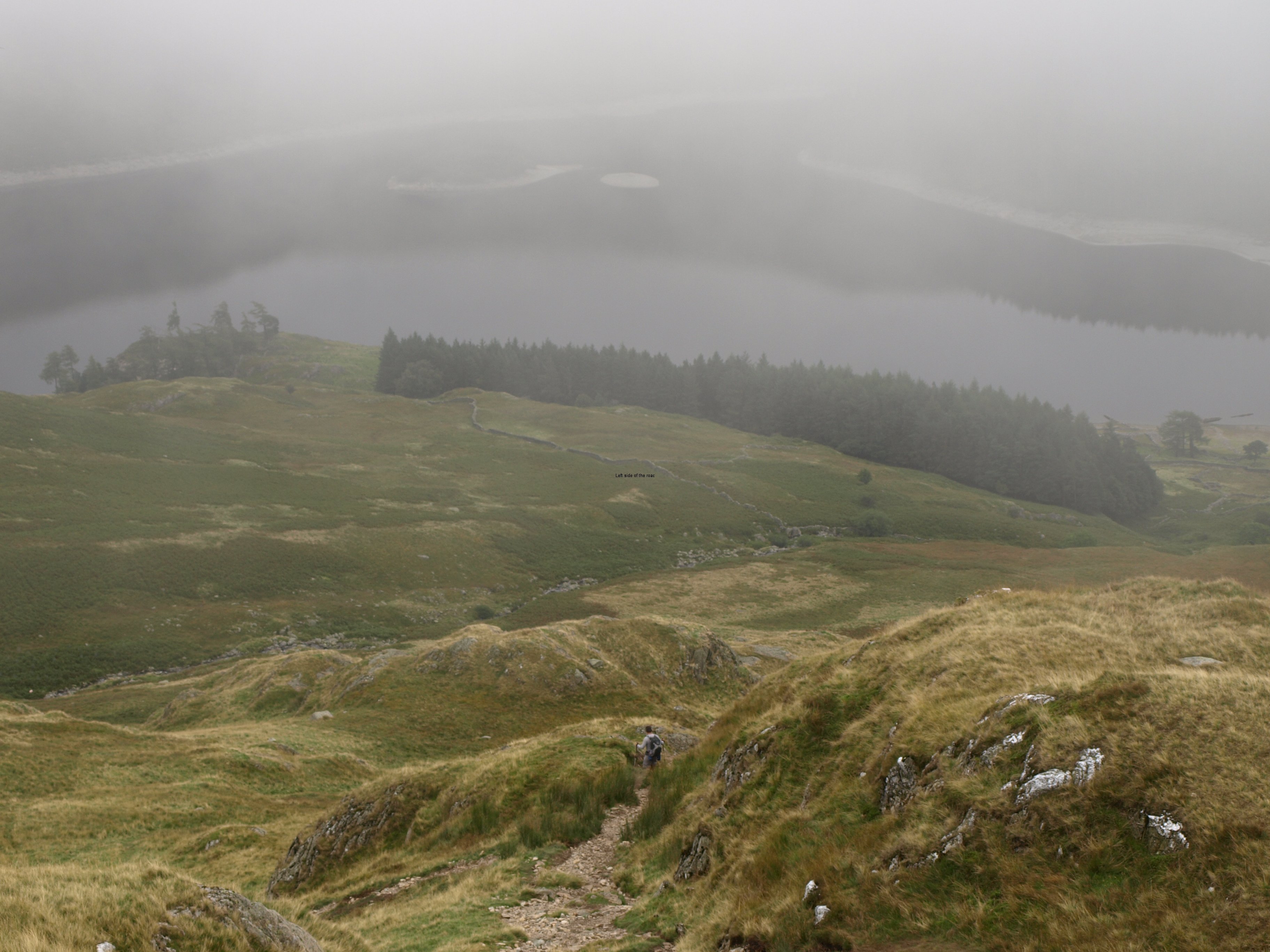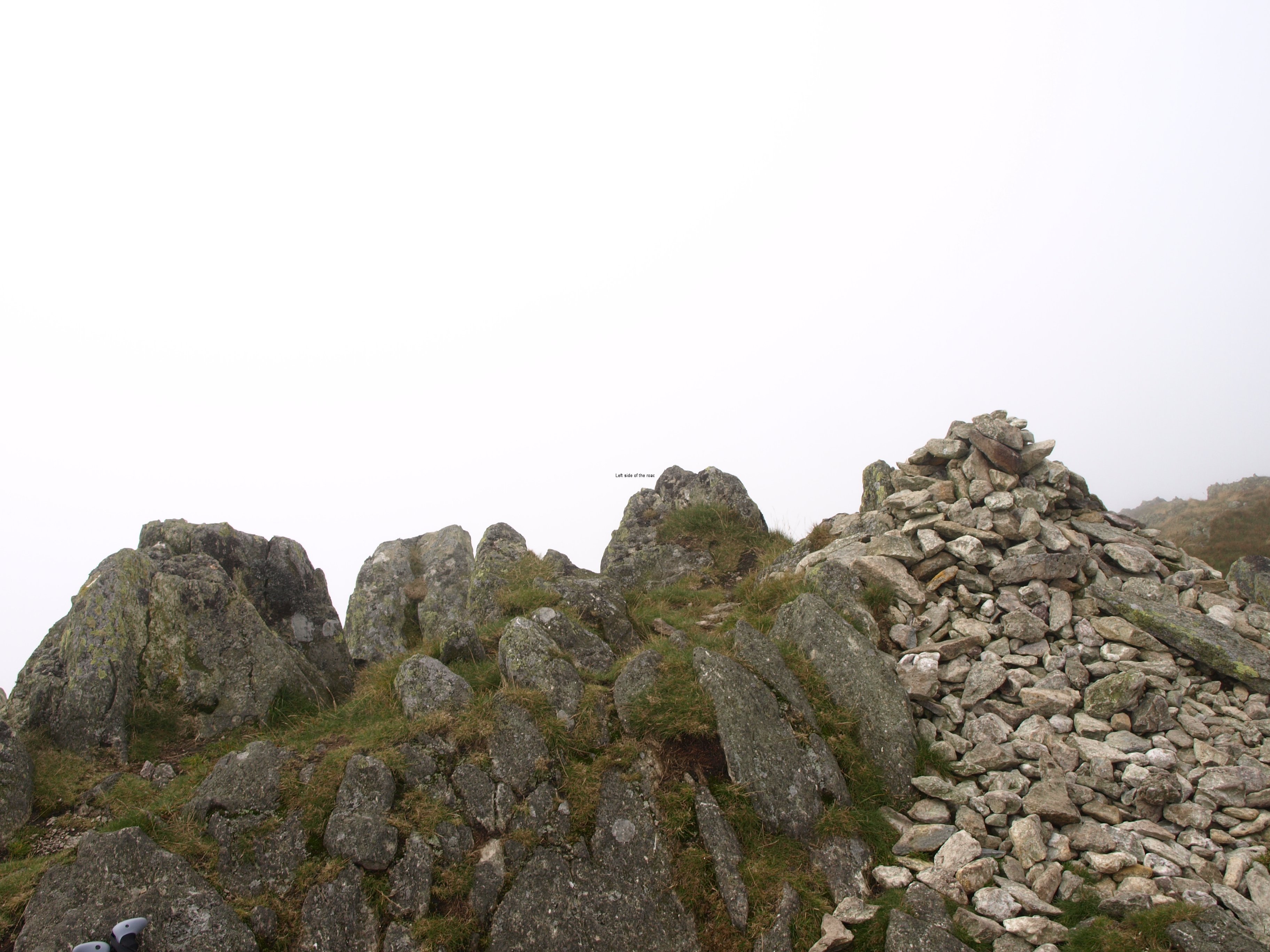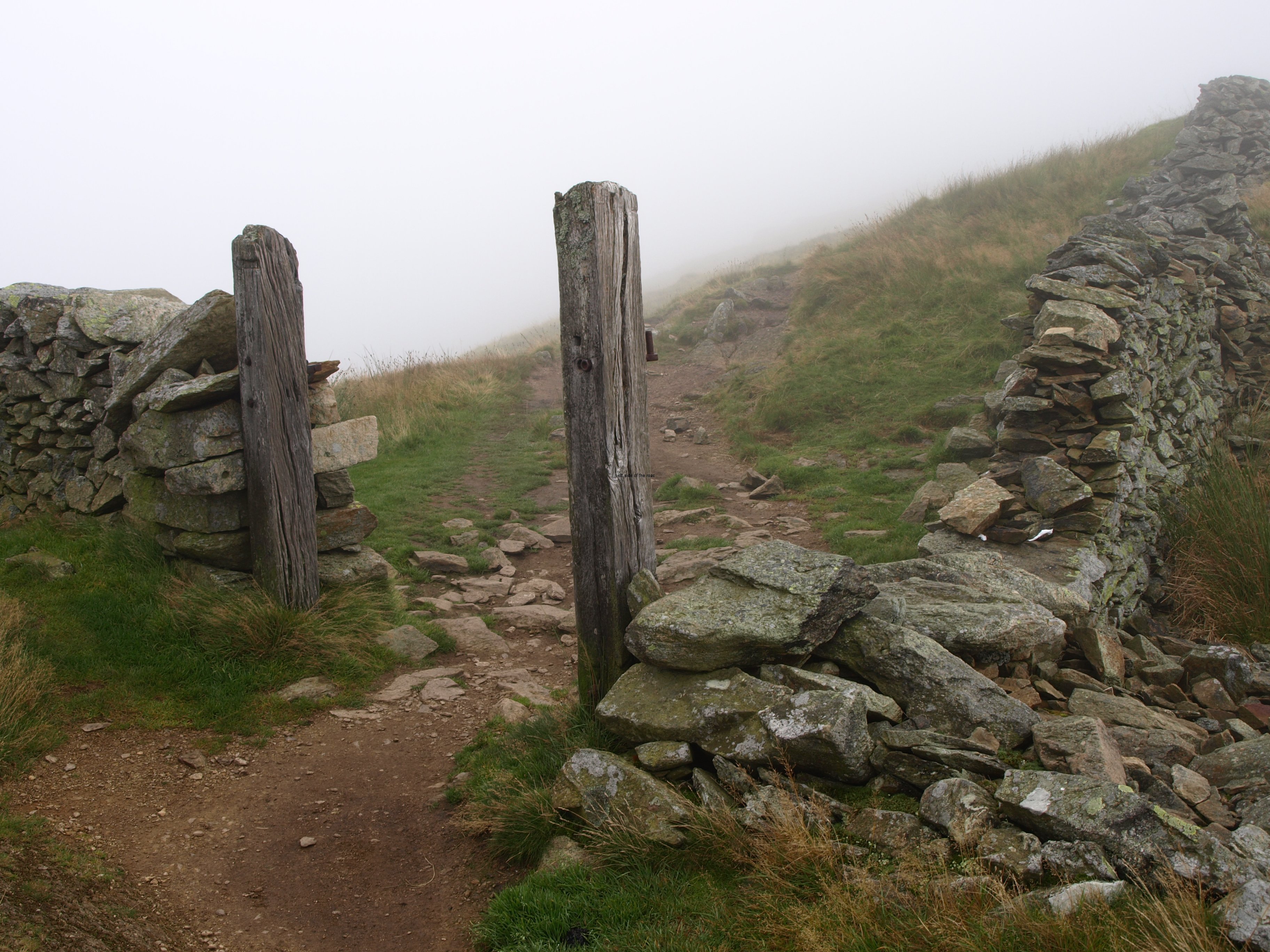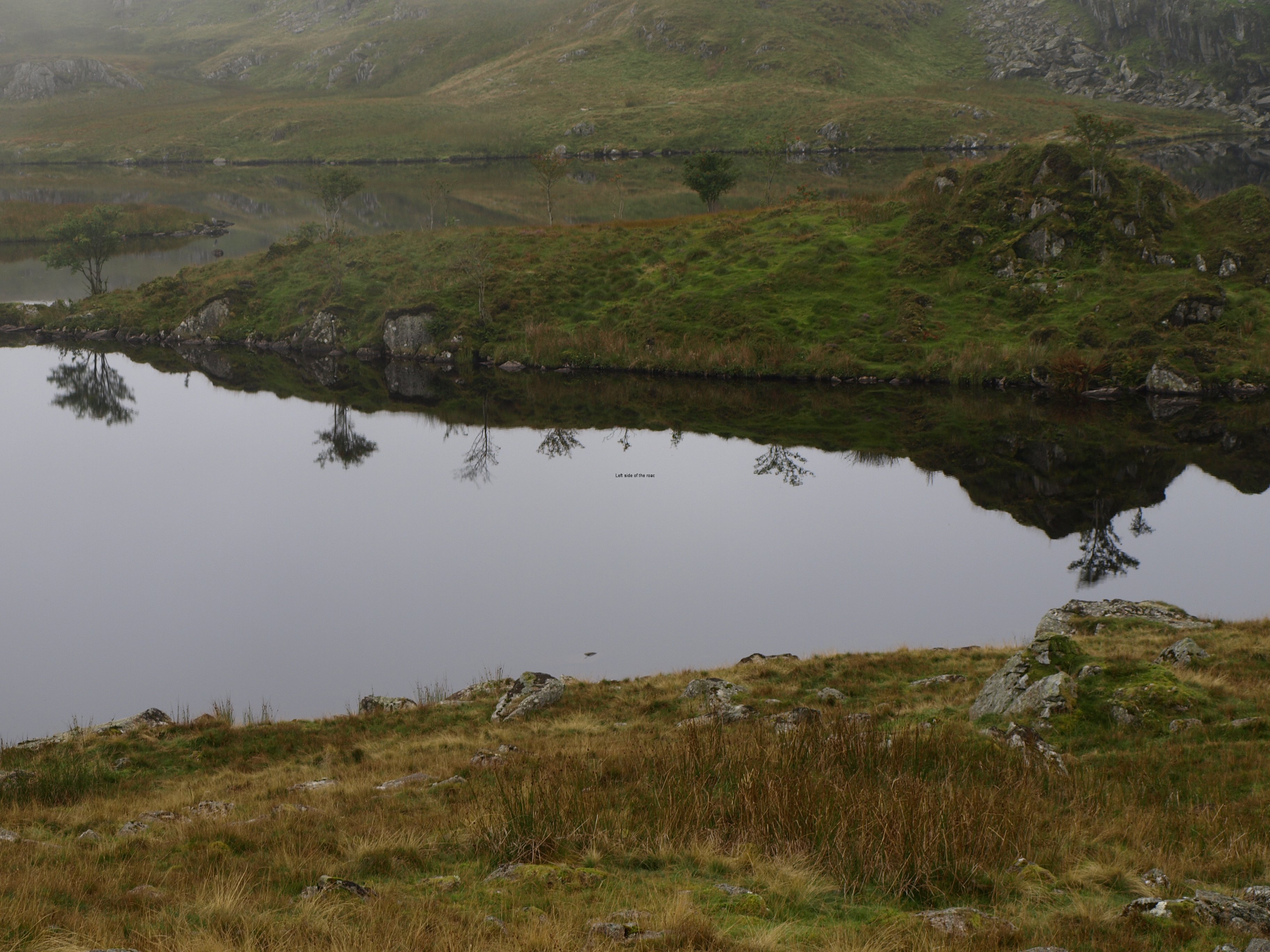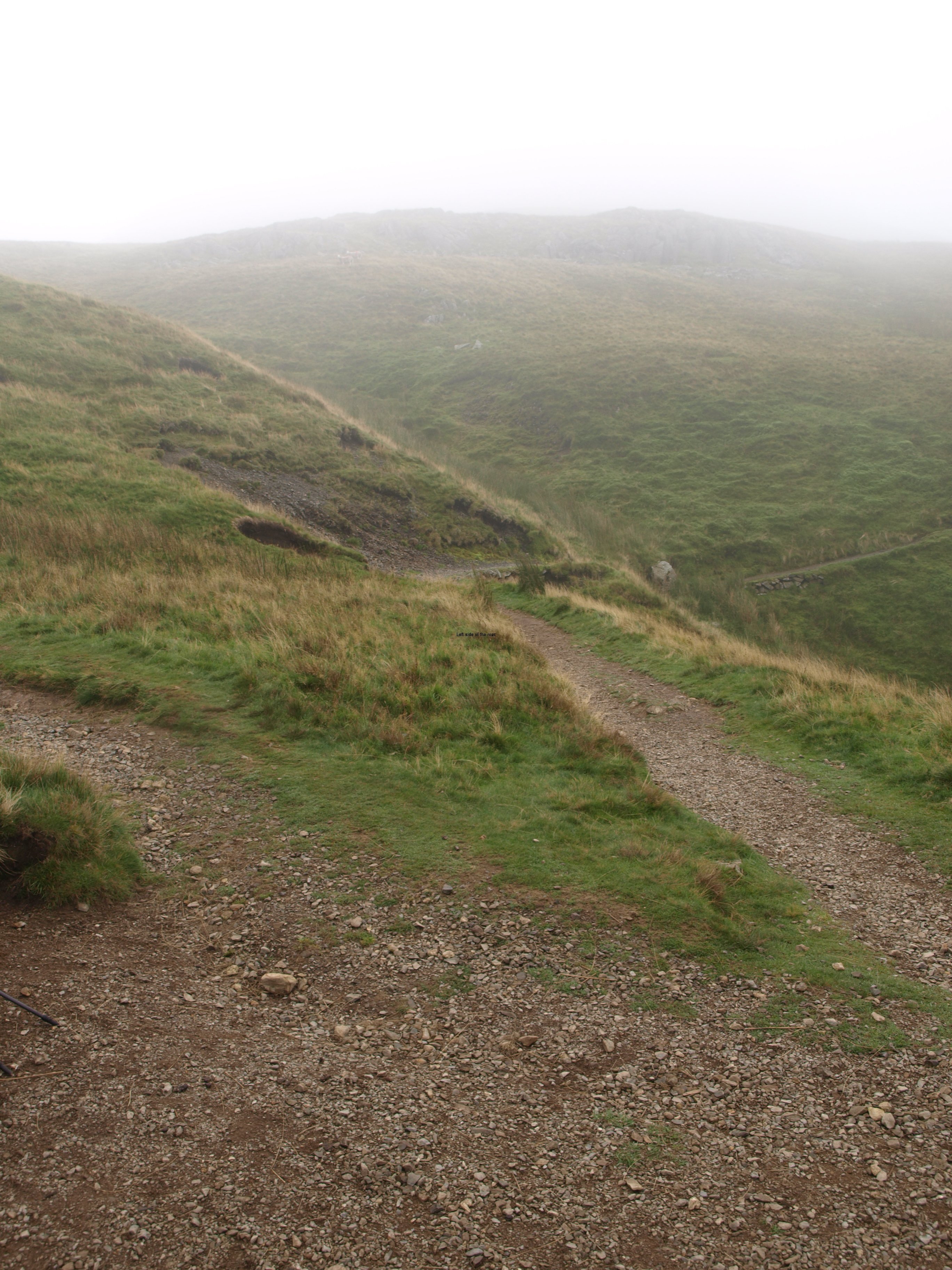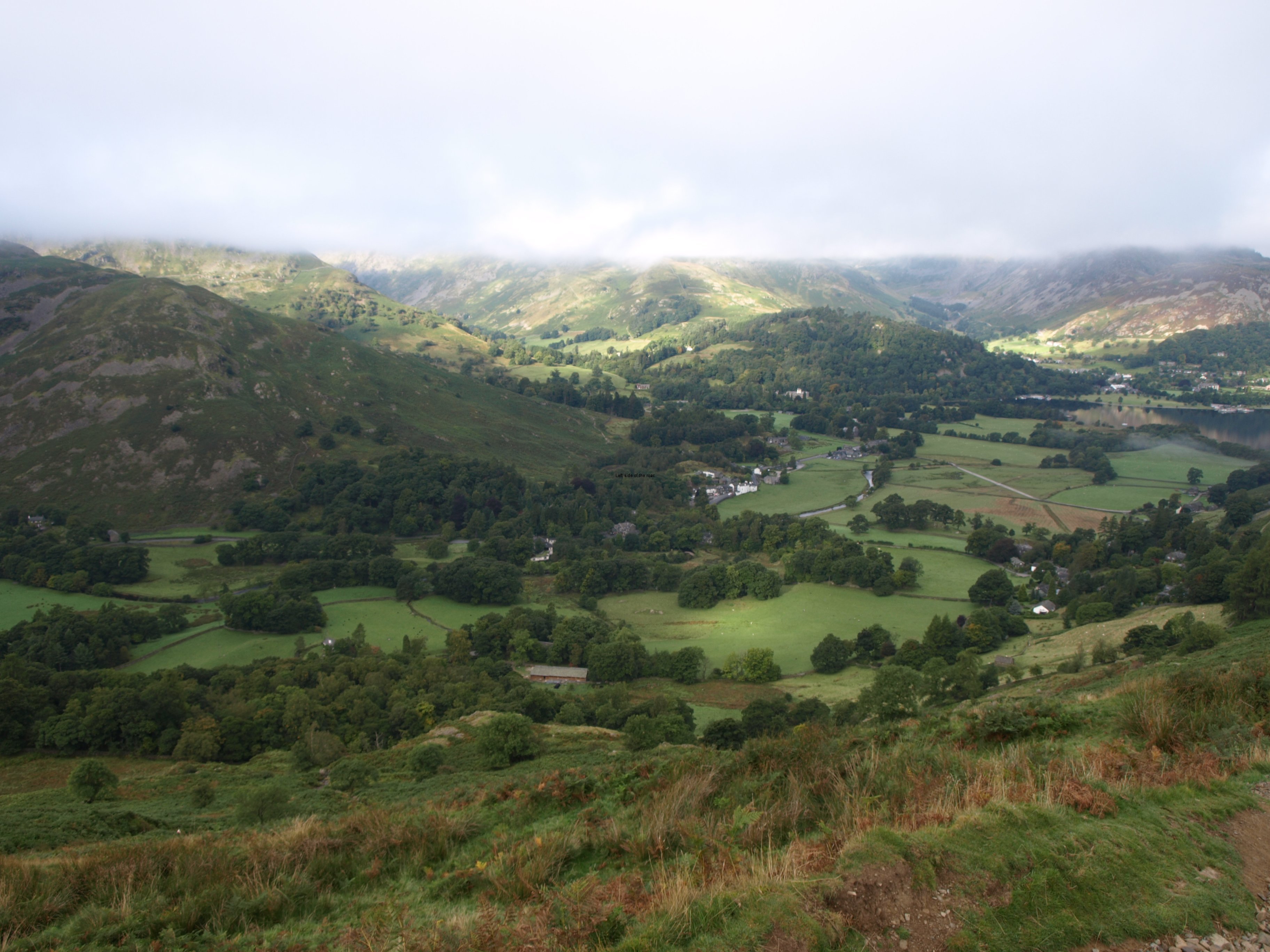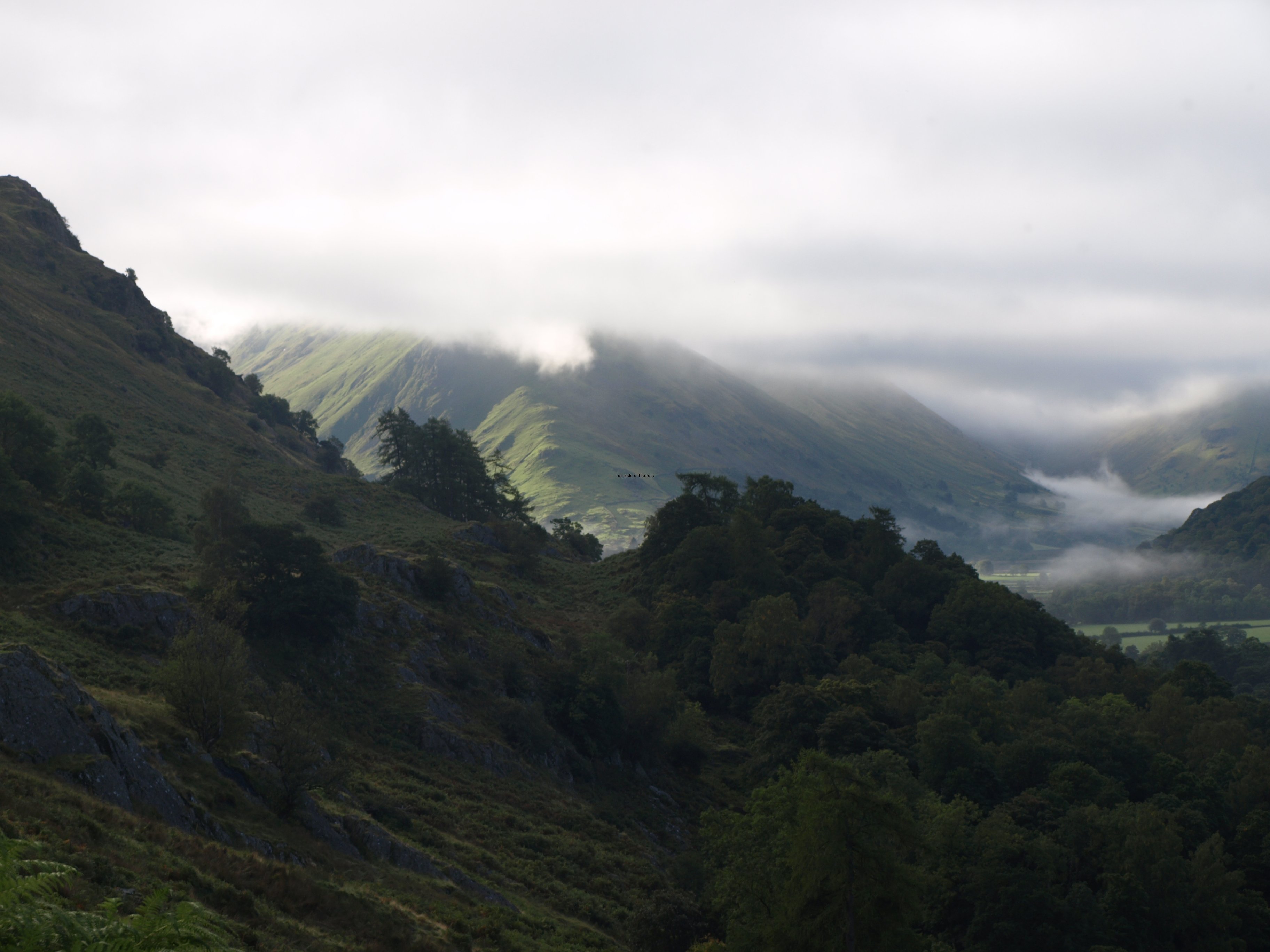The Relevance of James Connolly Today
Ireland – The Historical Background
Ukraine – what you’re not told
The Writings of James Connolly
James Connolly was, without a shadow of a doubt, the greatest Irish Republican and Socialist leader – but he was born in Edinburgh. Not too much of a surprise when you realise that due to the conditions under which Irish workers were forced to live under the rule of the British that running away was preferable to staying and fighting. Connolly’s parents left, he returned to take the fight to the British Imperialists.
Unlike most of the leaders that preceded him, and most that have come since, he understood that the only way that the Irish would be truly free was when the working class and peasantry took control of their own country, and not allowing Irish exploiters to take the place of the British variety. His adoption of the ideas of Marxism make him stand out in Irish Republican history. He realised that national liberation for the majority meant nothing if it did not come, at the same time, with their freedom from capitalist exploitation.
He also understood that if they remained unarmed the working class would always face defeat from a ‘armed to the teeth’ occupation force. One of his most important achievements was the formation of the Irish Citizen’s Army, an armed (although initially not with fire arms) and organised group of men who defended workers in the 1913 Great Dublin Lock Out. It was from this organisation that the Irish Republican Army (the IRA) evolved – though too often without the same ideological basis.
James Connolly also stands as one of the few who realised that the war of the capitalists, that sent millions to the slaughter fields of the First World War, was yet another ‘game’ of capitalism and imperialism and which true working class leaders should shun like the plague. Although the so-called working class leaders and parties of the Second Socialist International, had declared that they would not call upon their respective working classes to fight in an imperialist war (in The Stuttgart Resolution of 1907 and The Balse Manifesto of 1912) they almost all adopted nationalistic and jingoistic stances once war was declared in 1914 – including the British Labour Party. The two international leaders who stood on principal at this moment of decision were Vladimir Ilyich Lenin (who later led the Russian working class and peasantry to victory in the 1917 October Revolution) and James Connolly.
Despite this seeming understanding of revolutionary reality of the early part of the 20th century Connolly ended up in the futile and doomed to failure Easter Rising in Dublin in 1916. Whereas Lenin had learnt from the past Connolly still had aspects of Blanqui‘s (the 19th century French revolutionary) ‘small group who will stir the rest of the population’ mentality. They were isolated by the much more organised British Imperialist forces, even at a time when they were involved in the biggest war (at that time) in world history on the other side of the English Channel. In less than a week the uprising was crushed and 12 days later Connolly was shot by firing squad by the vengeful British.
In a chair!
Connolly had been wounded in the ankle and was unable to stand so the arrogant British provided him with a seat so he wouldn’t be inconvenienced. This attitude that the British displayed in Ireland, that they had displayed another part of the world before and since, angered the Irish working class and although the Rising was not the most astute of political moves it did result in a realisation that the British had only total contempt for the Irish and their sensibilities.
This was immortalised in a verse of the 1957 song by Dominic Behan, the Patriot Game
They told me how Connolly was shot in his chair,
His wounds from the fighting all bloody and bare.
His fine body twisted, all battered and lame
They soon made me part of the patriot game.
It’s unfortunate that revolutionary movements around the world have since made similar mistakes in ensuring the success of a proletarian revolution, perhaps most notably the idea of the ‘foco’ followed by Che Guevara in Bolivia in the late 1960s.
Nonetheless Connolly left a legacy in his writings that could be useful for revolutionaries in Ireland and other parts of the world. For that reason as many as possible are reproduced here.
Erin’s Hope – the end and the means, and The New Evangel, with an introduction by Joseph Deasy, New Book Publications, Dublin, 1968, 44 pages.
Erin’s Hope is Connolly’s first published pamphlet and is a strong exposition of the Socialist case published in 1897.
The New Evangel is a collection of short essays published in 1901.
The axe to the root and Old Wine in New Bottles, Repsol pamphlet No. 14, Republican Education Publications, Dublin, 1973?, 52 pages.
The Axe to the Root and Old Wine in New Bottles are two articles where Connolly stresses the need for solidarity, militancy and organisation in the work of Trade Unions in the class struggle.
Labour in Irish History, New Books Publications, Dublin, 1967, 180 pages.
Labour in Irish History is not an academic tract but is based upon well researched facts. Here Connolly passionately argues that for the Irish working class to know where they are going in the future they should be aware of their past.
Socialism Made Easy, Labour party Publications, Dublin, 1972, 64 pages.
Contains two articles:
Workshop Talks takes the form of statements made by a typical sceptical worker and Connolly’s refutations.
In Political Action of Labour argues for the necessity of industrial and political unity in any trade union or class struggle.
The Re-Conquest of Ireland, New Books Publications, Dublin, 1968, 92 pages.
The Re-Conquest of Ireland develops the ideas of Labour in Irish History showing that the domination of Ireland by imperialism was political, economic and social.
Workshop Talks, The Meaning of Socialism, Repsol pamphlet No. 1, Republican Education Publications, Dublin, 1973?, 32 pages.
Workshop Talks takes the form of statements made by a typical sceptical worker and Connolly’s refutations.
Revolutionary Warfare, New Books Publications, Dublin, 1968, 44 pages.
In Revolutionary Warfare Connolly analyses insurrections, revolutions and uprisings in the previous 150 years, or so, with the argument that the Irish Citizen’s Army should develop from a defensive to an offensive force of the working class.
Labour Nationality and Religion, New Books Publications, Dublin, 1969, 68 pages.
Being a discussion of the Lenten Discourses against Socialism delivered by Father Kane, S.J., in Gardiner Street Church, Dublin, 1910.
The James Connolly Songbook, Cork Workers’ Club, Cork, 1973?, 38 pages.
‘No revolutionary movement is complete without its poetical expression. If such a movement has caught hold of the imagination of the masses, they will seek a vent in song for aspirations, the fears and hopes, the loves and hatreds engendered by the struggle.’ James Connolly.



